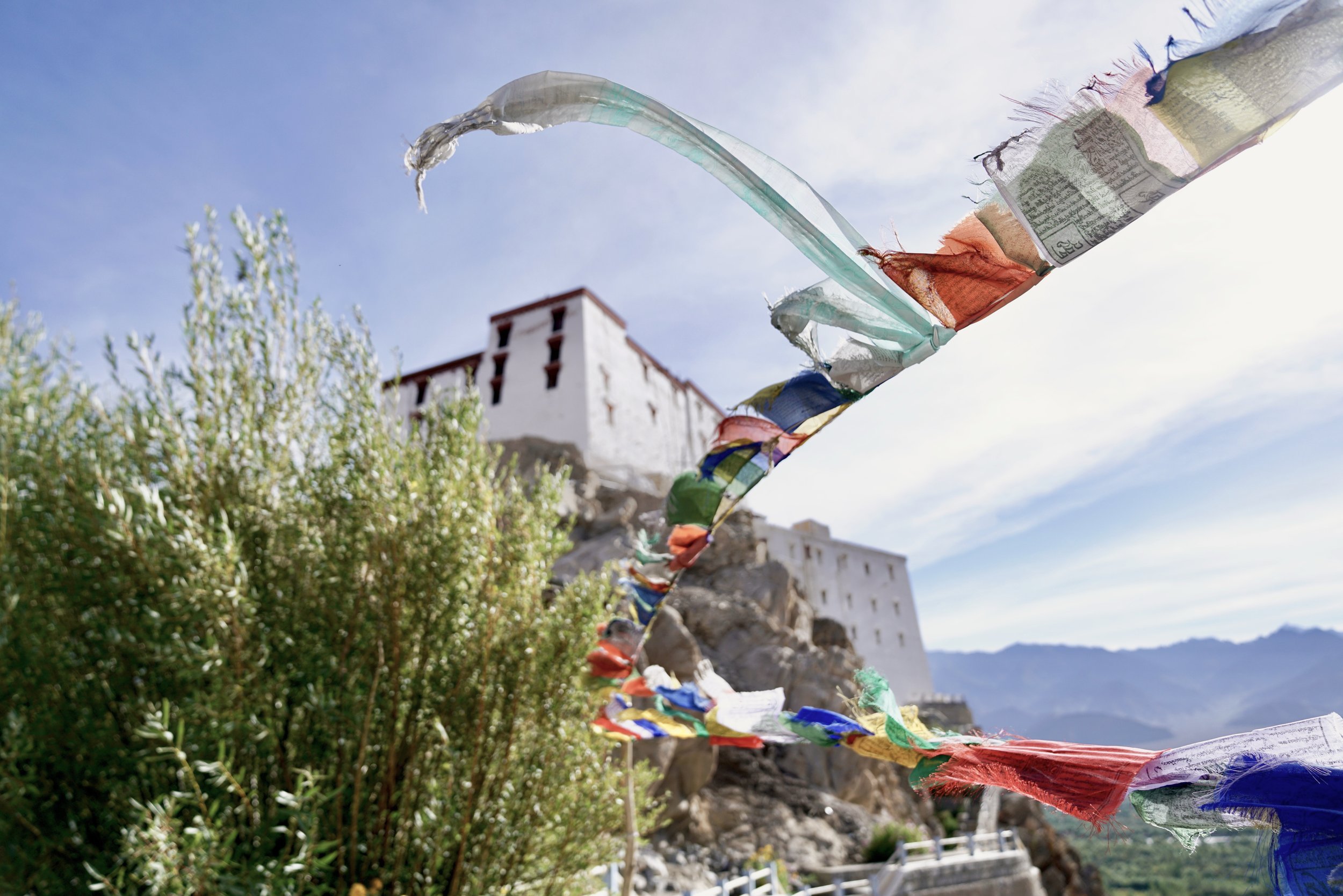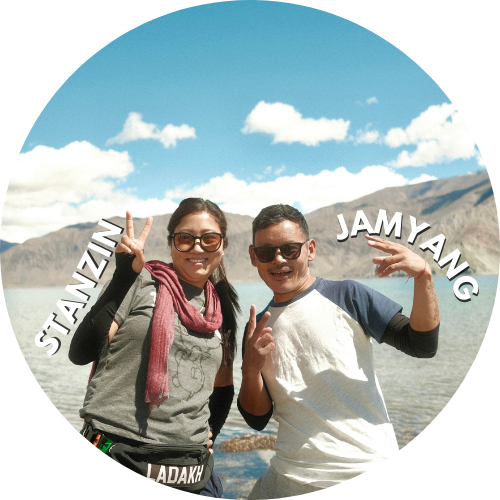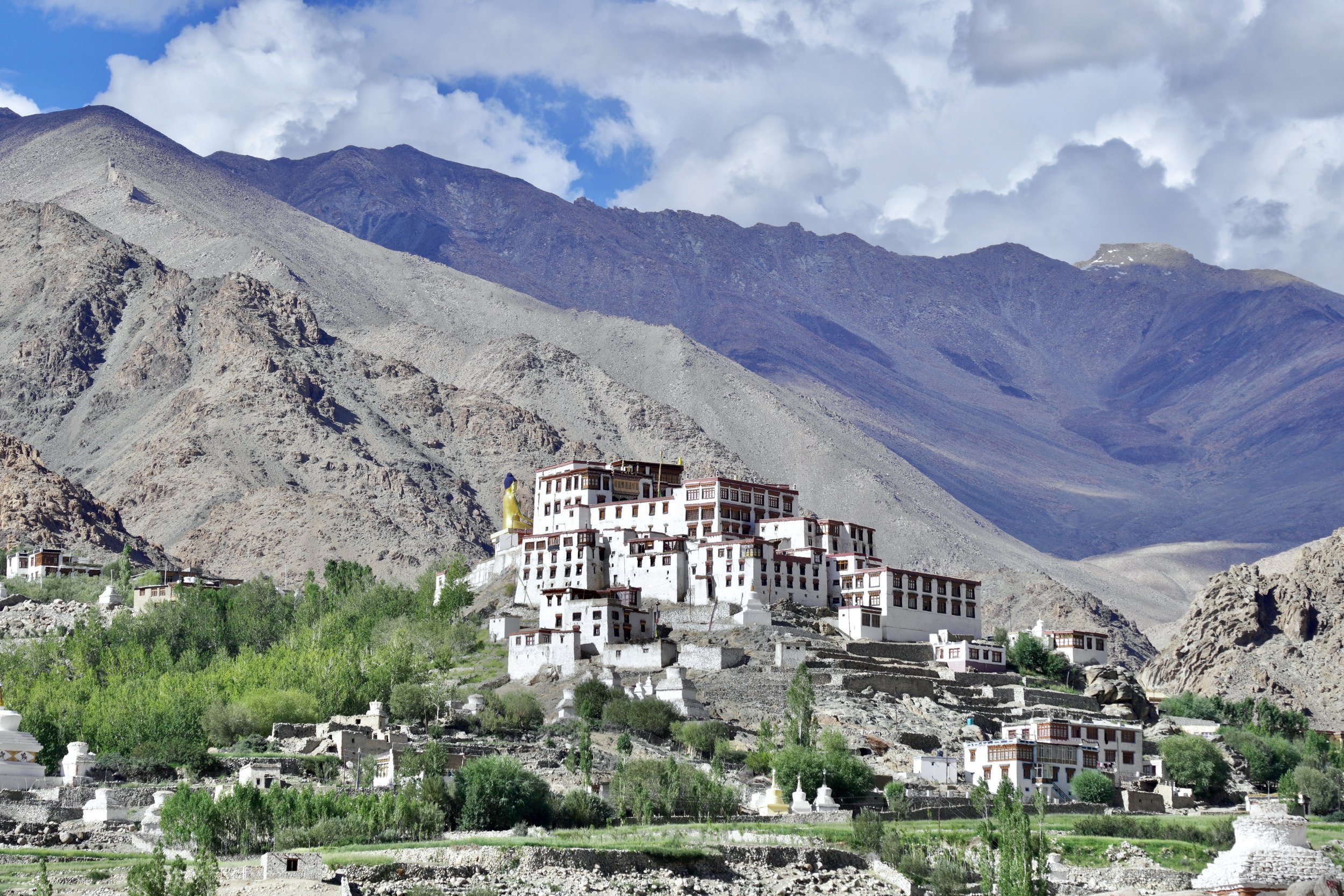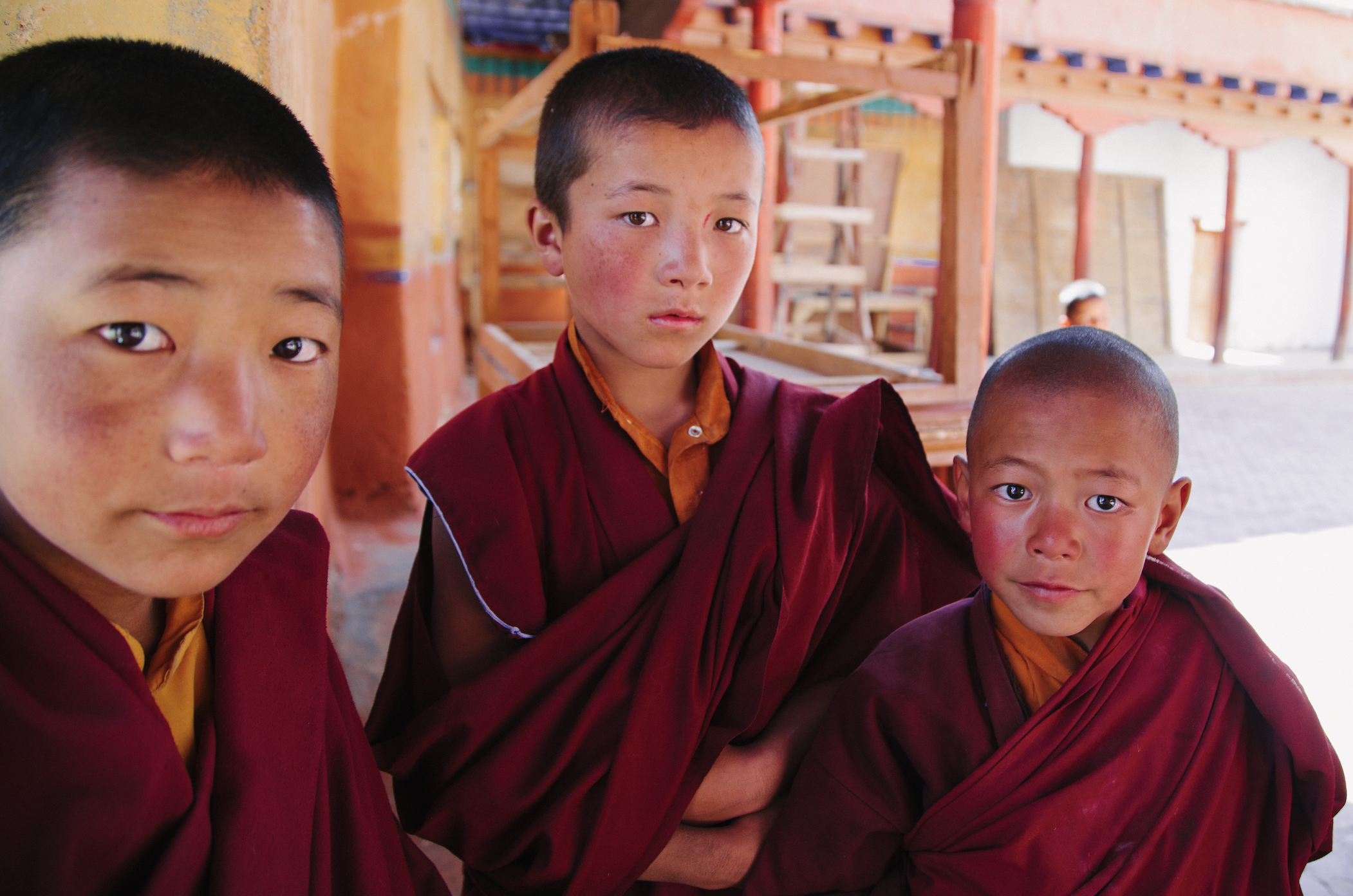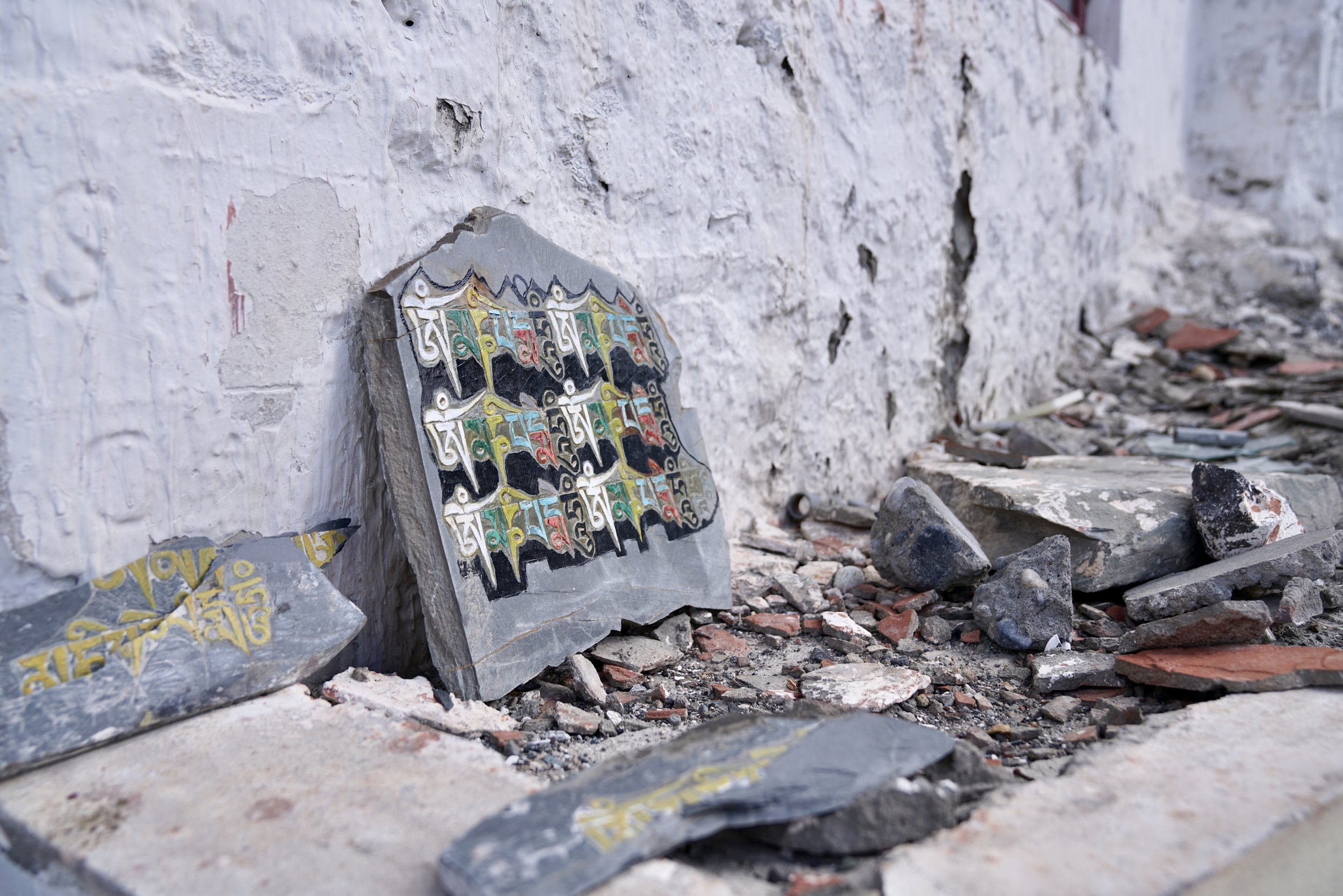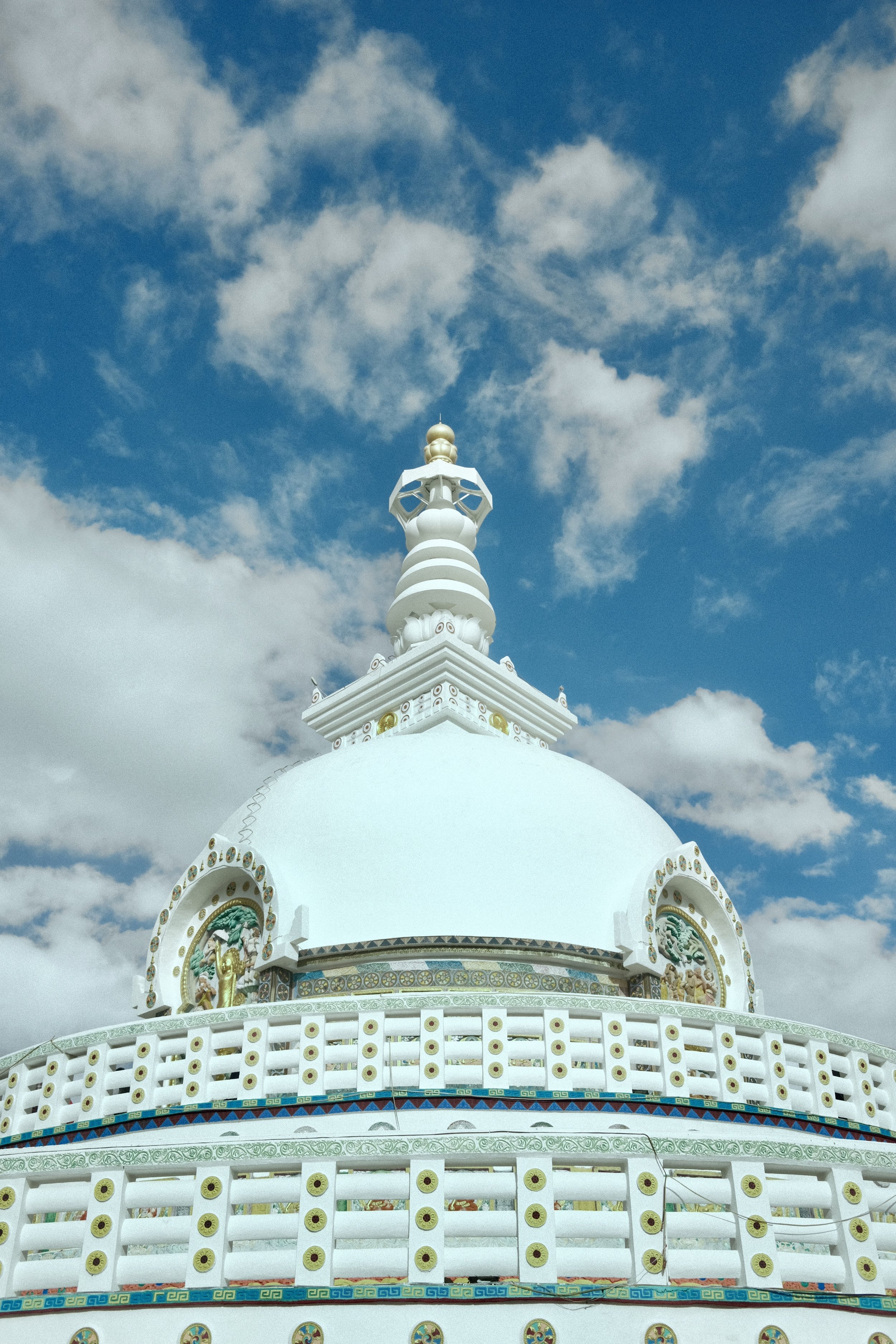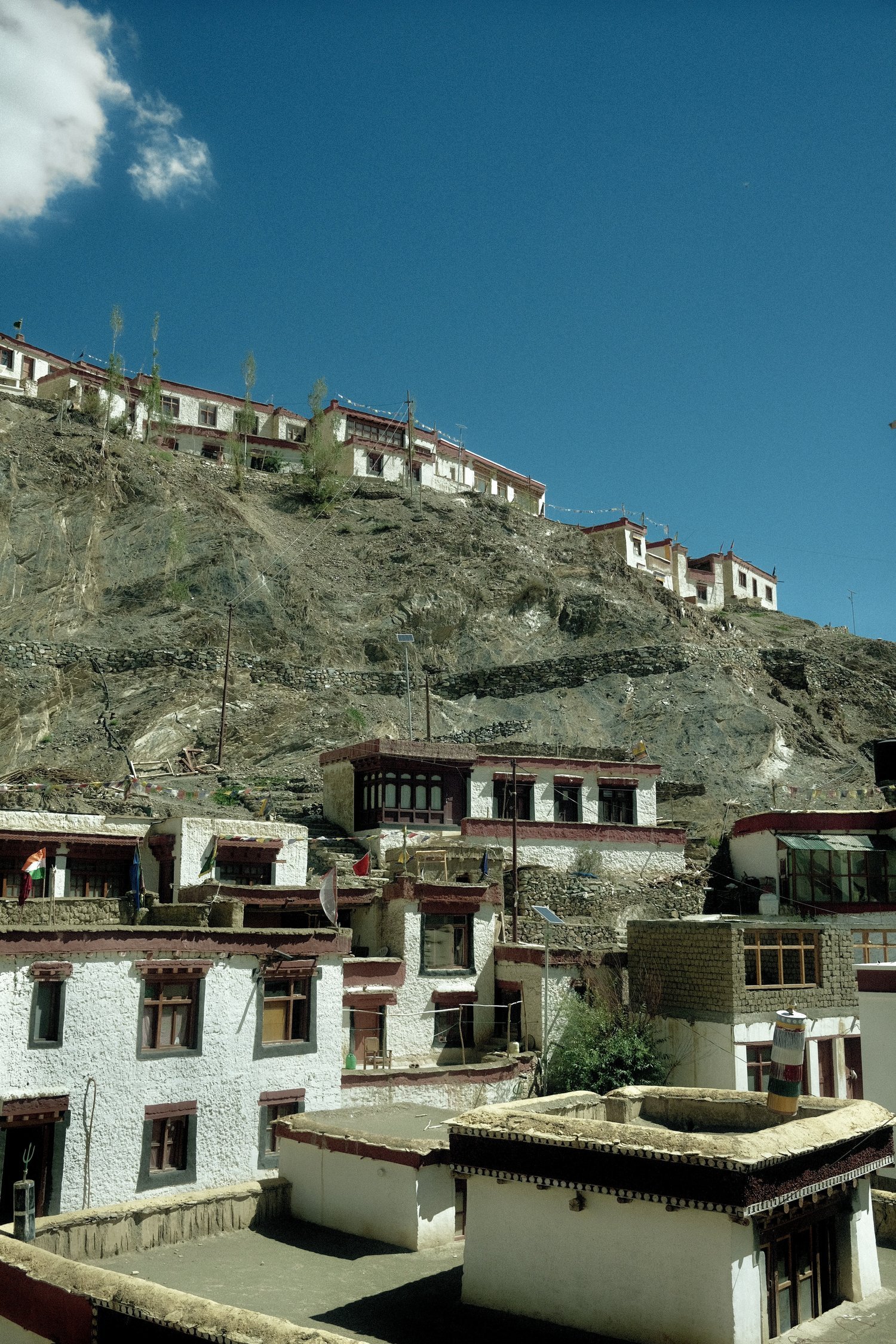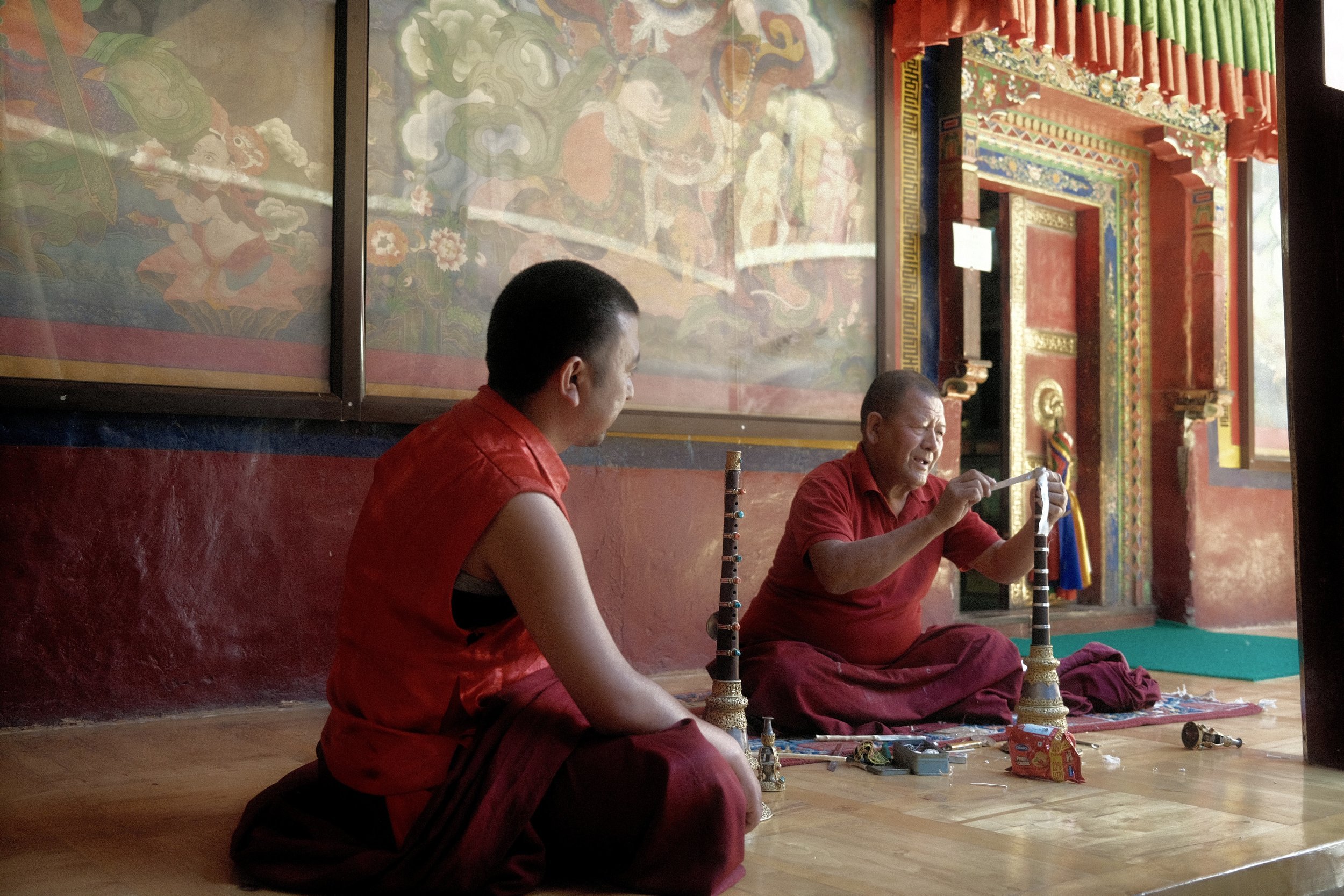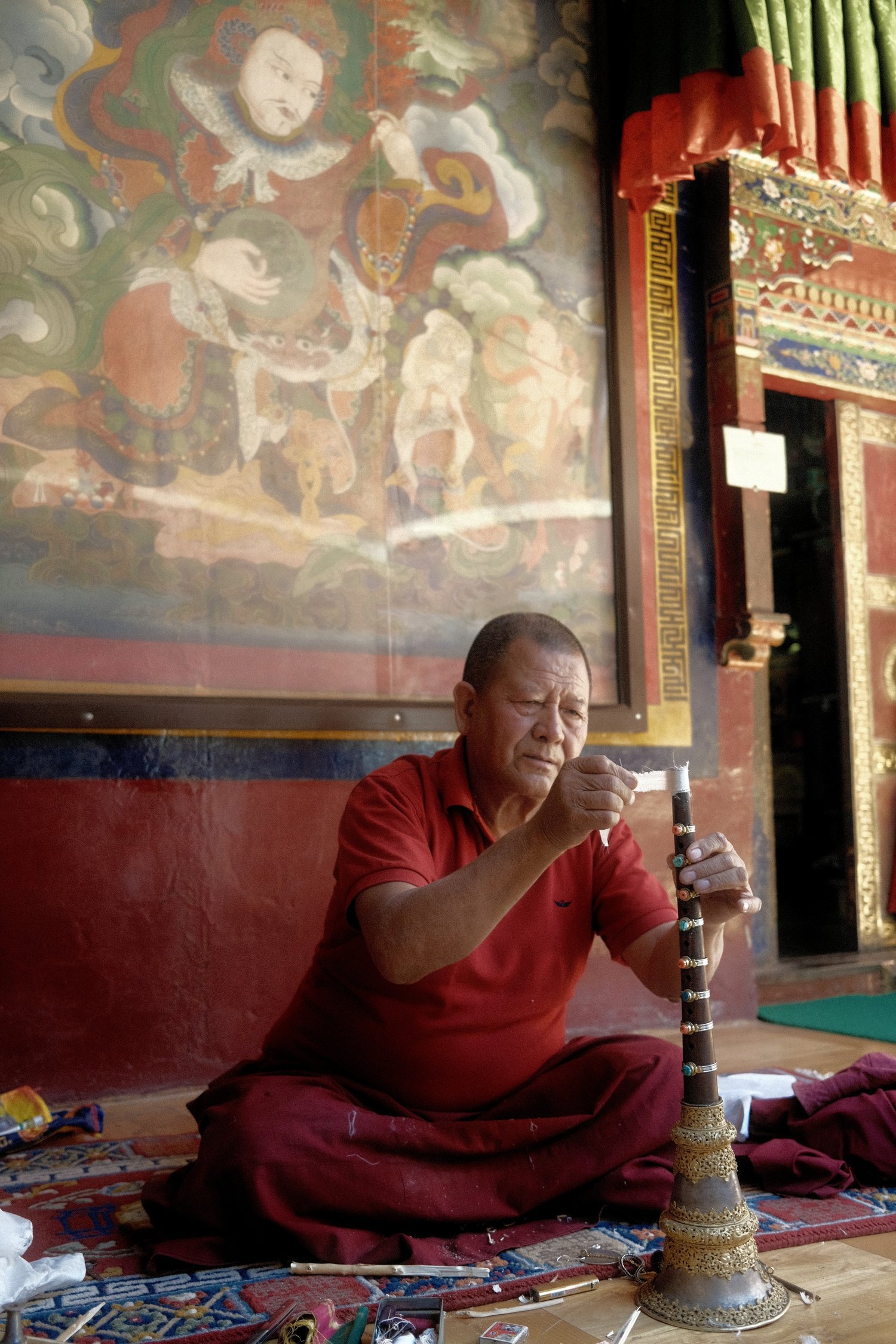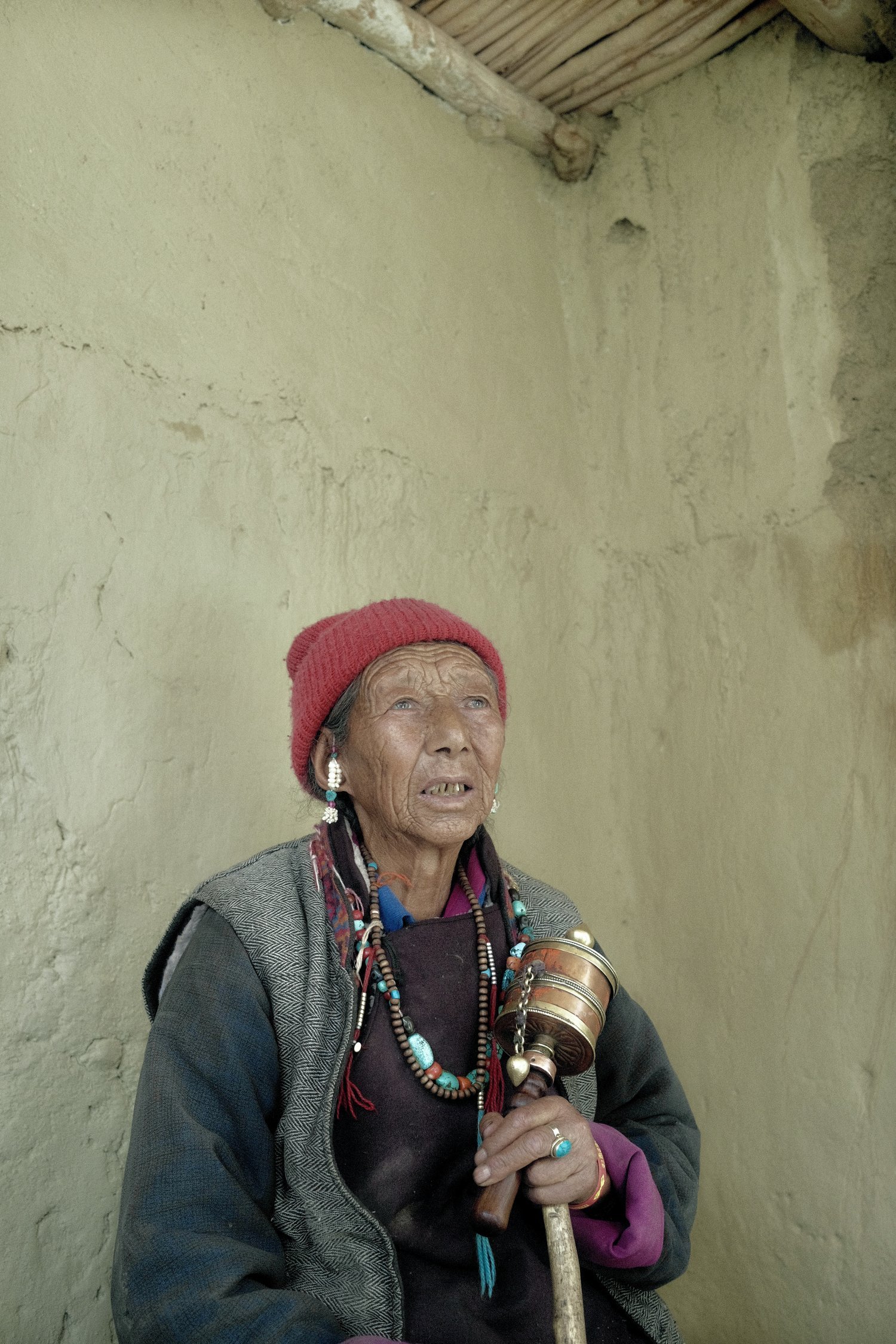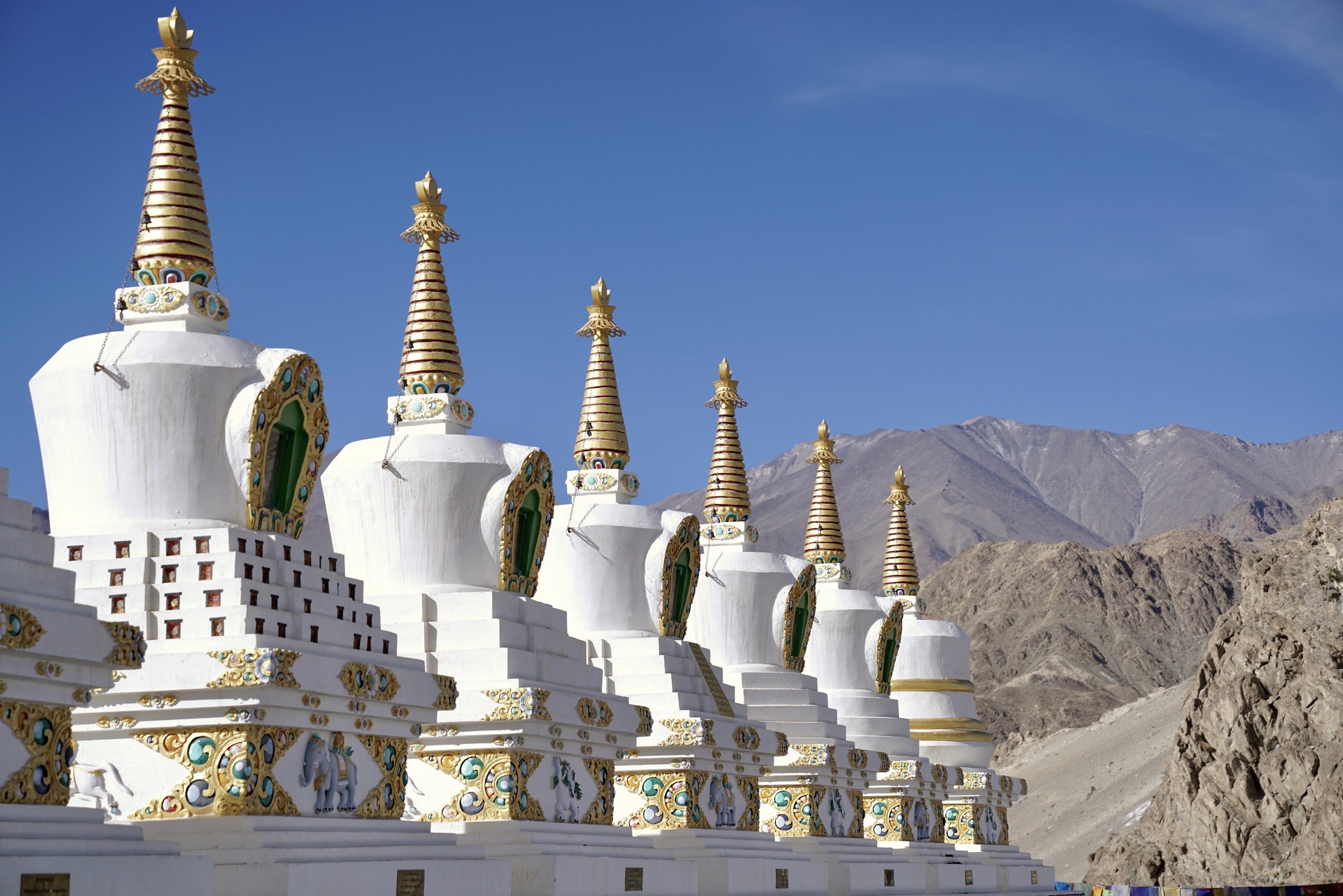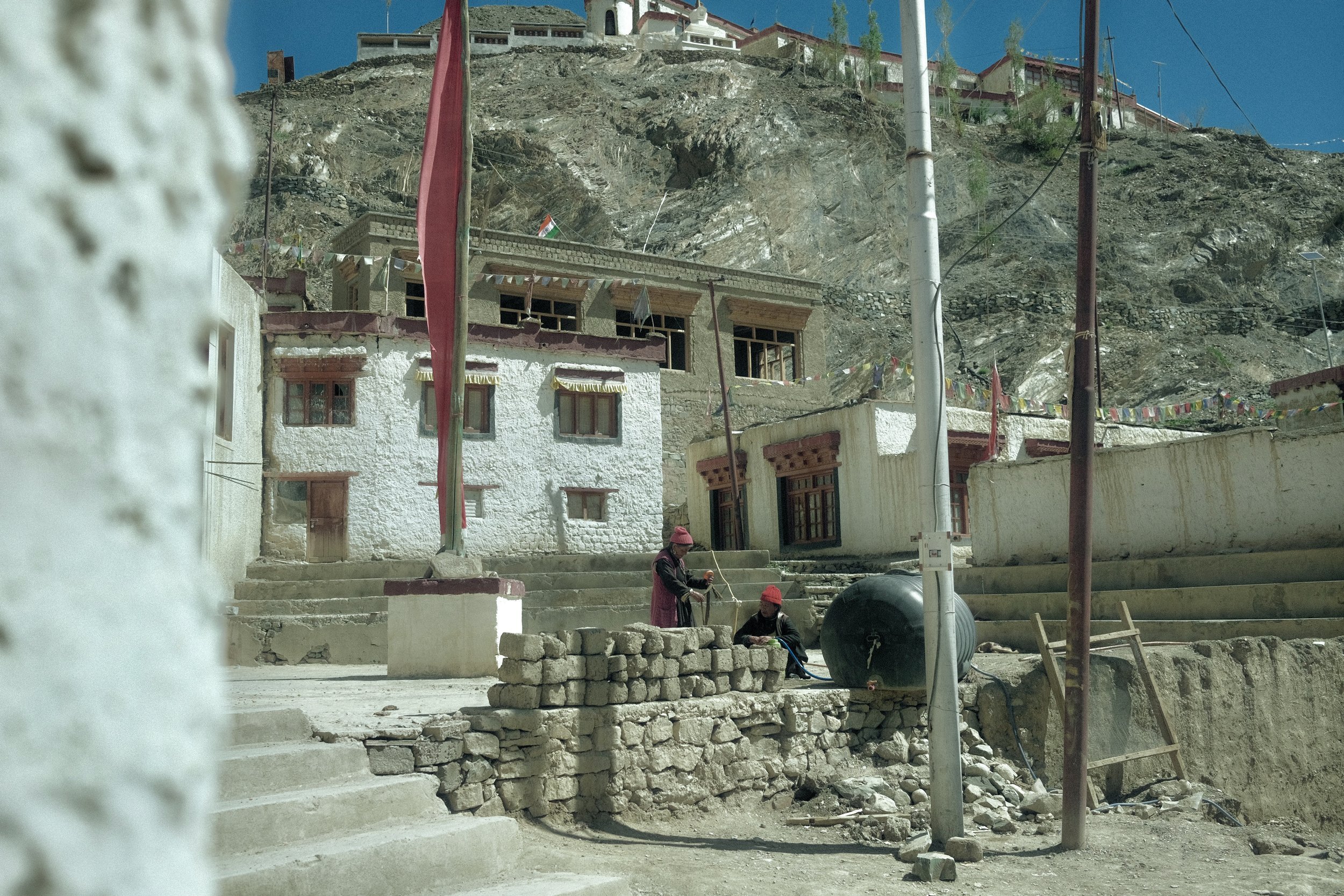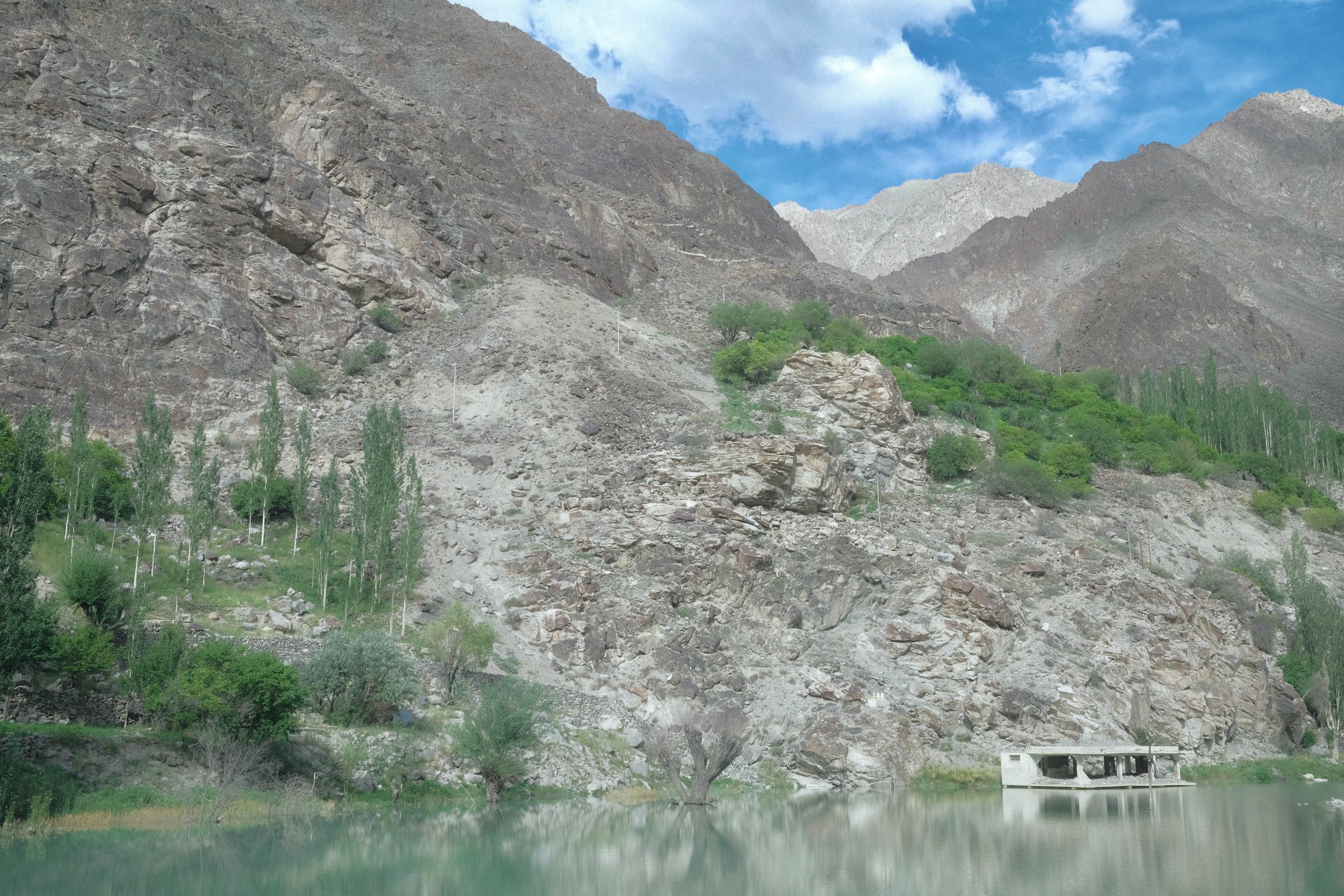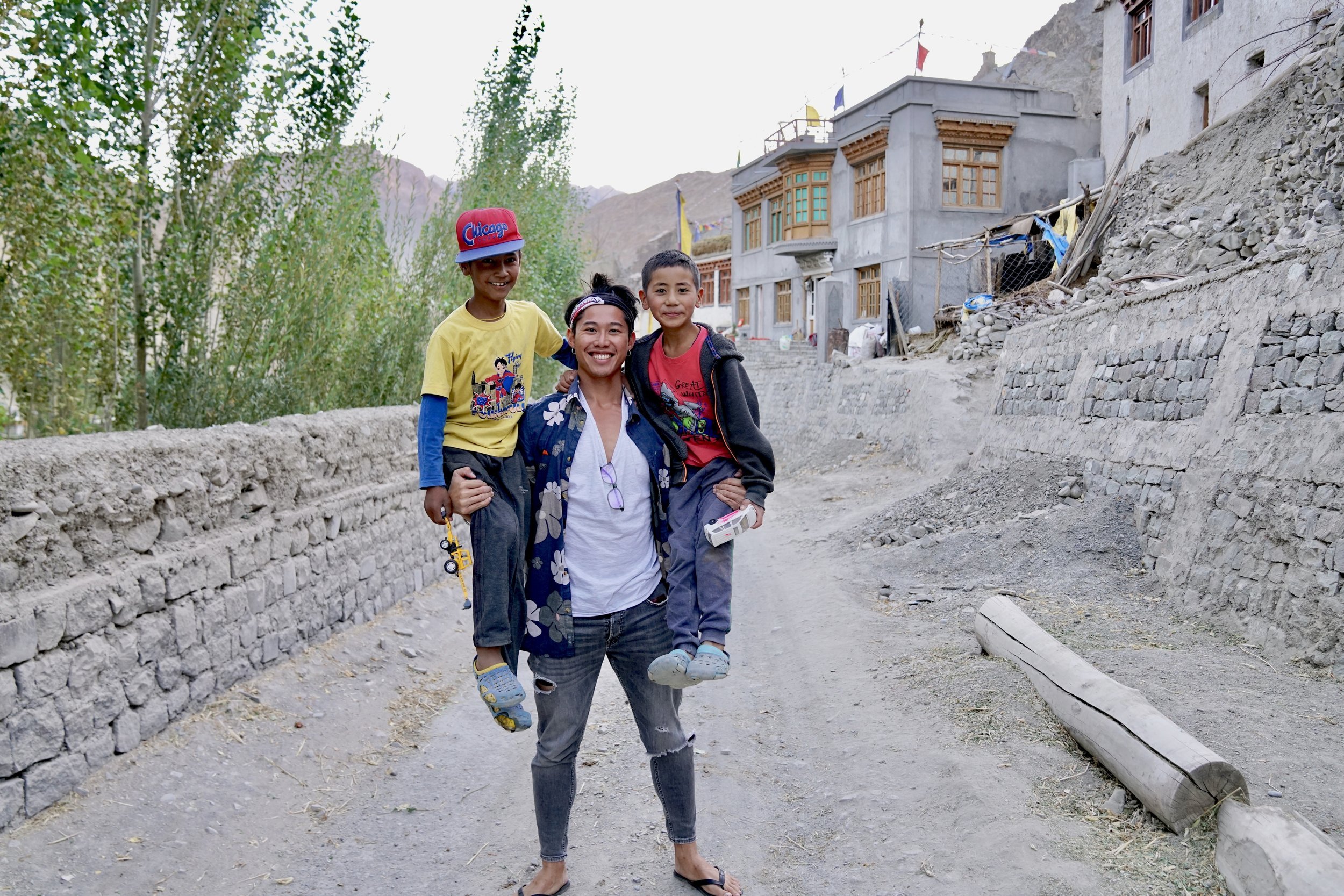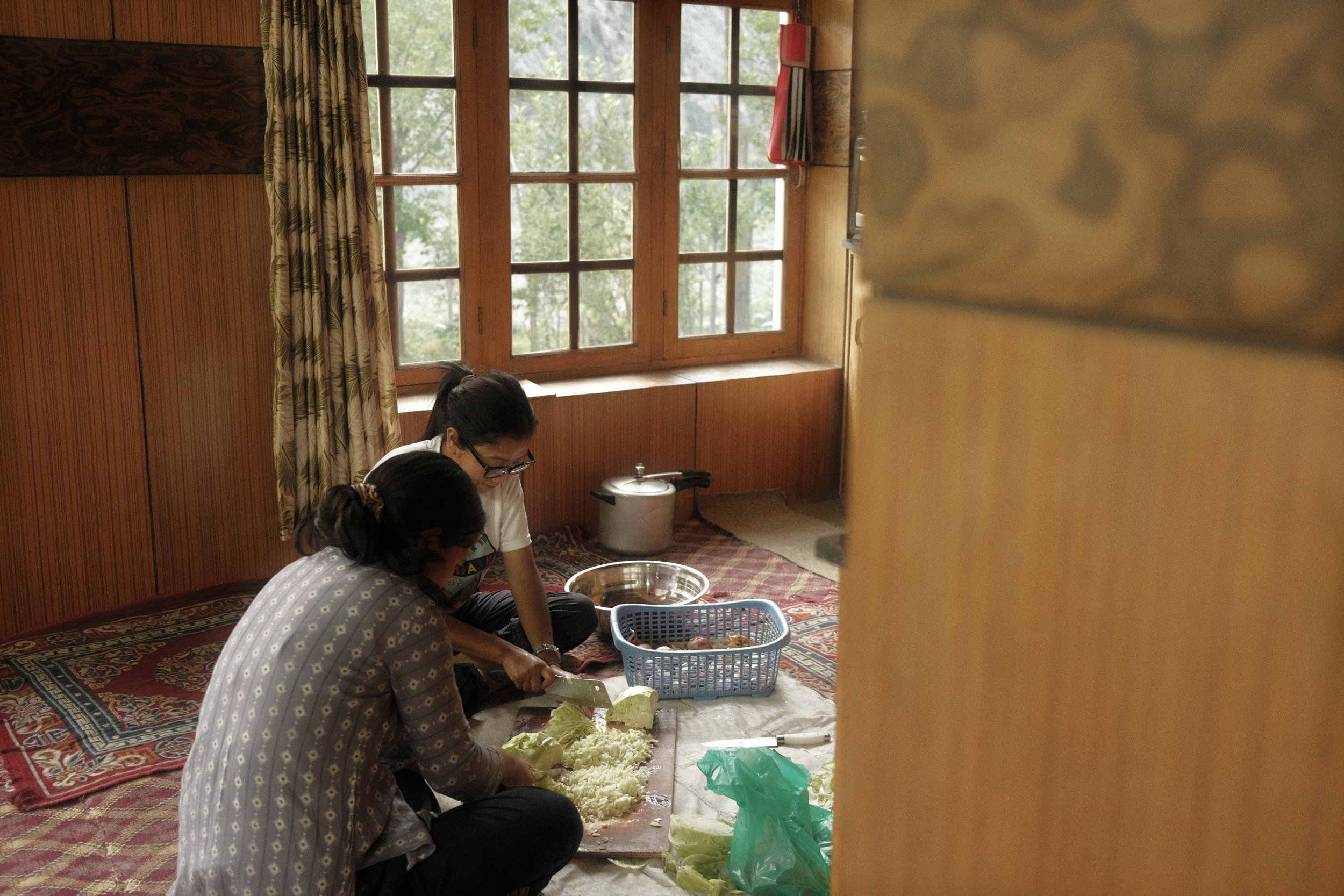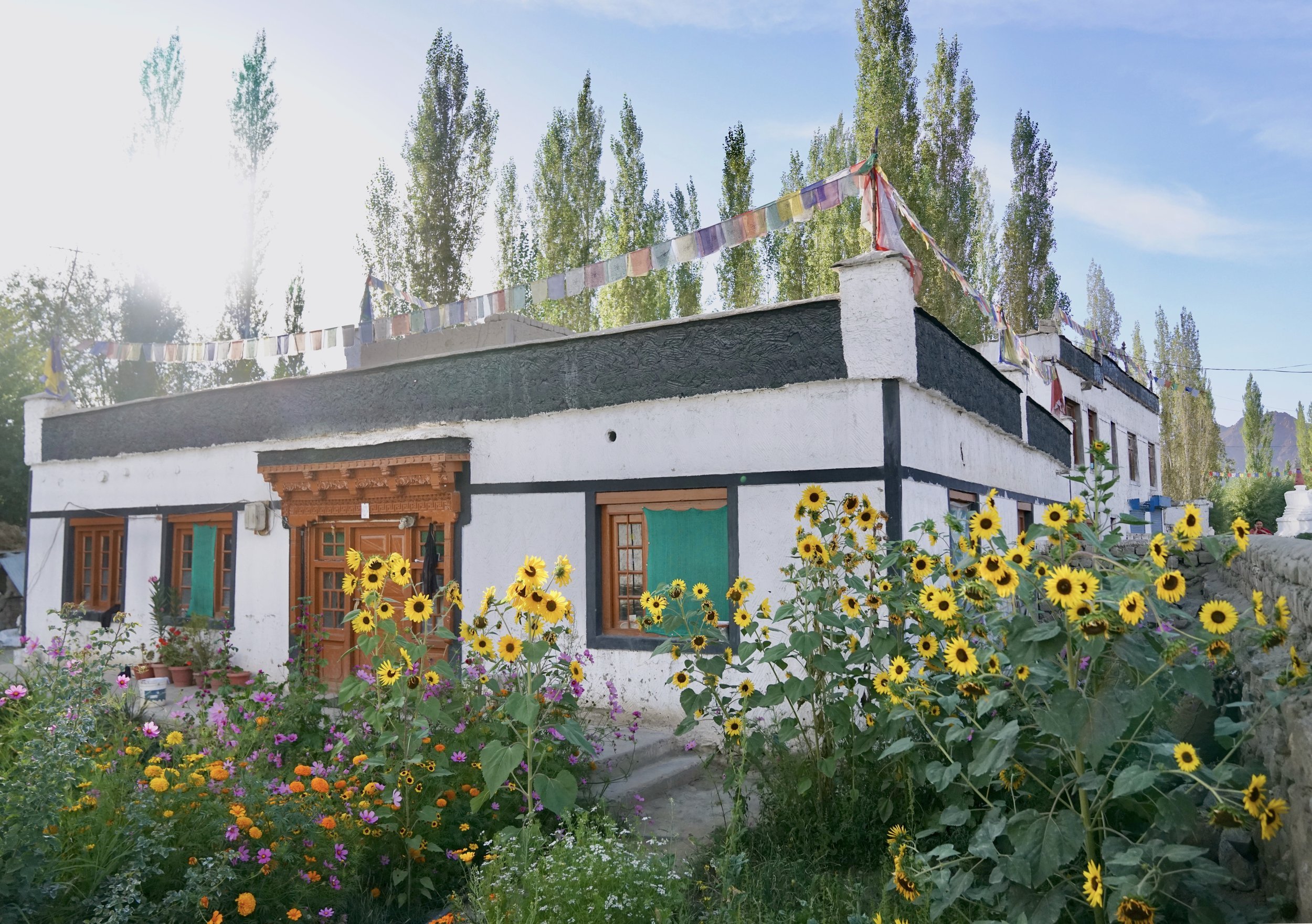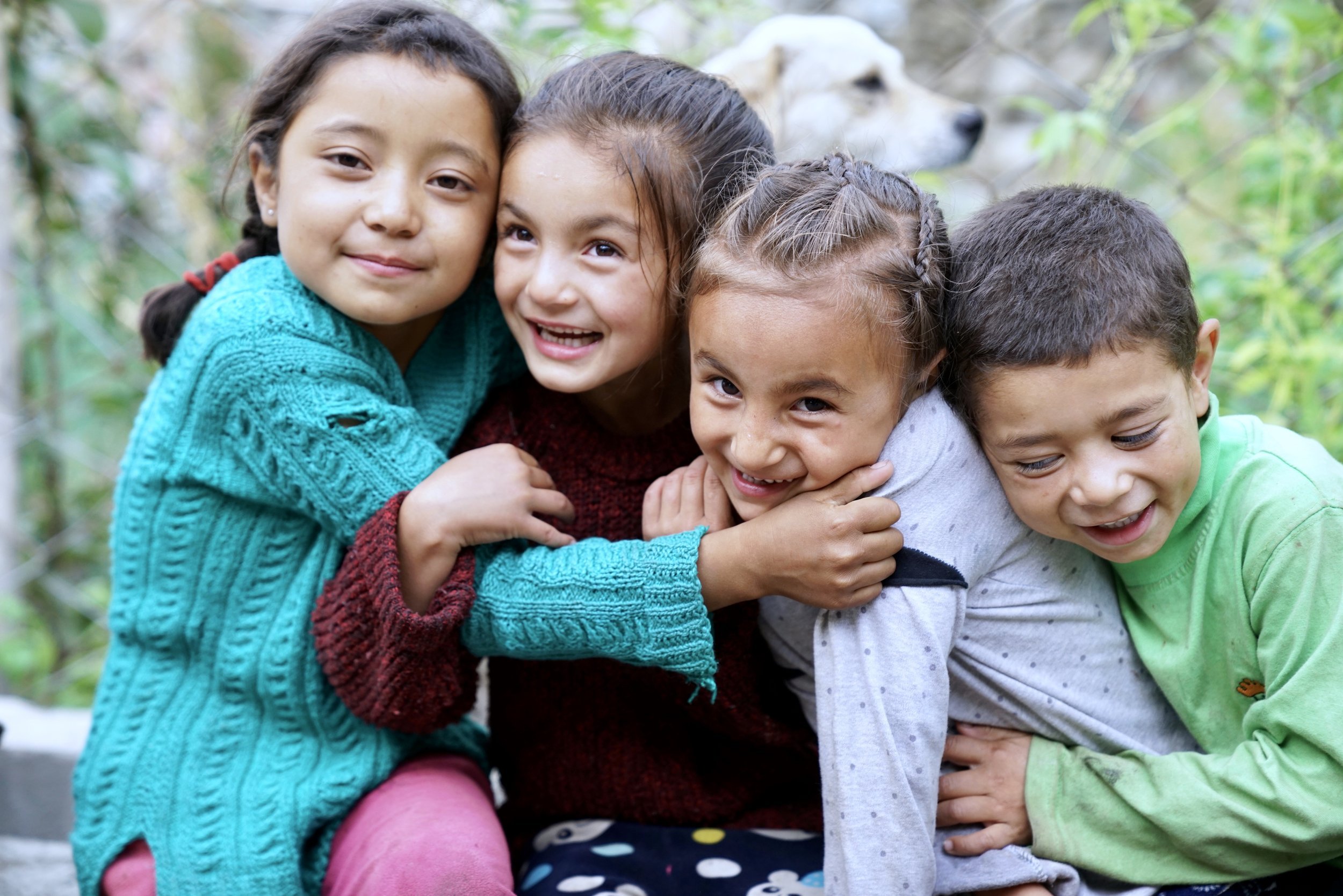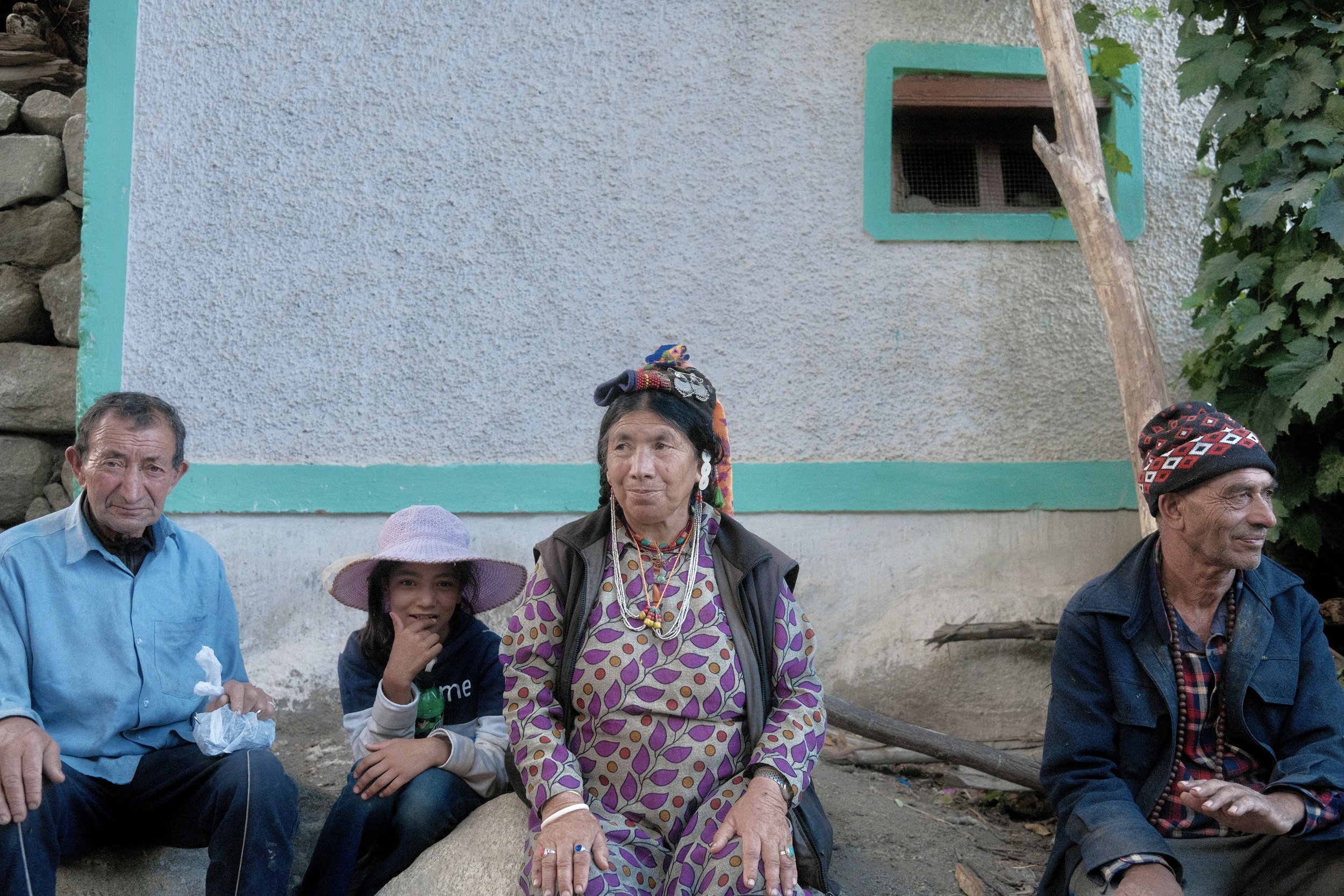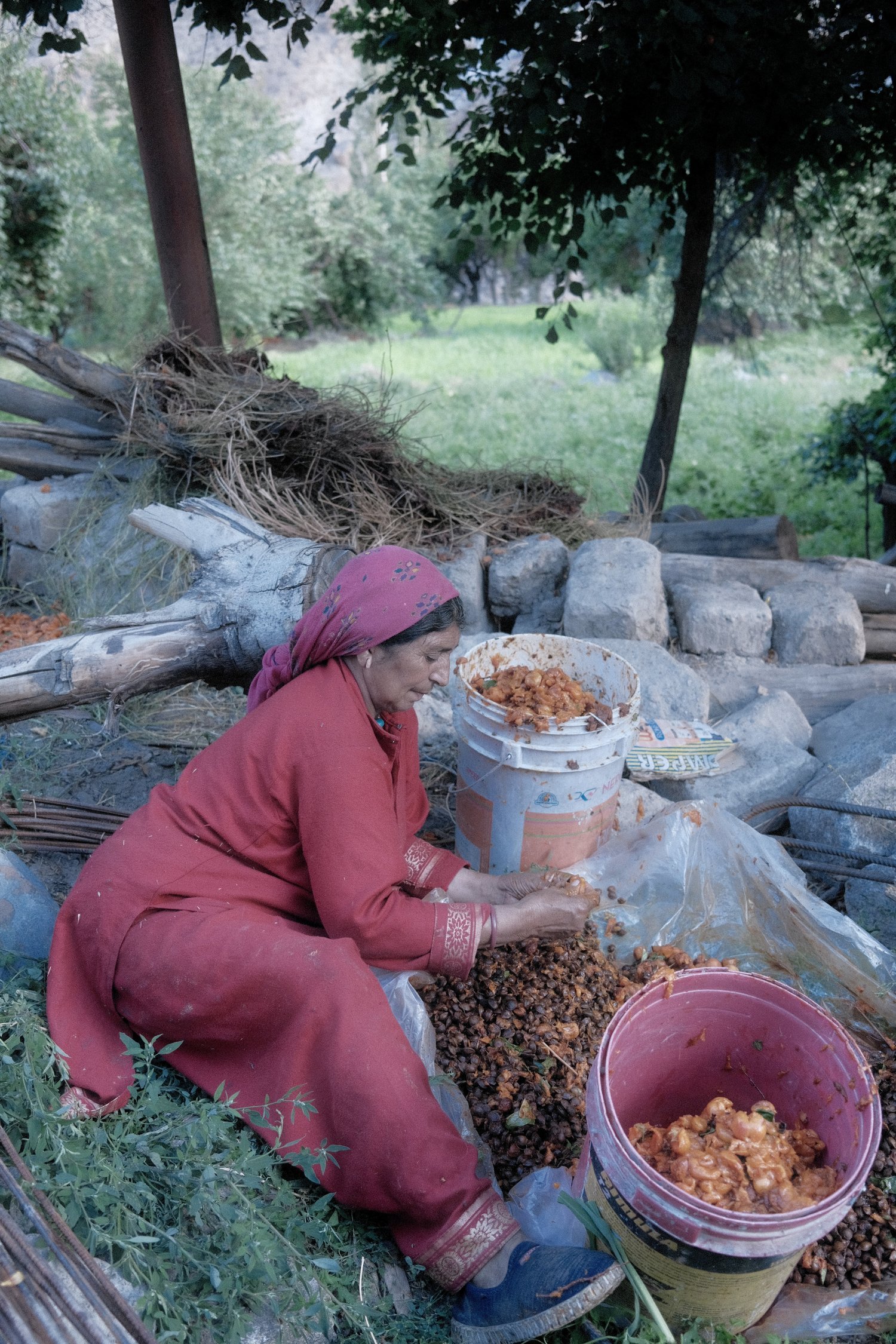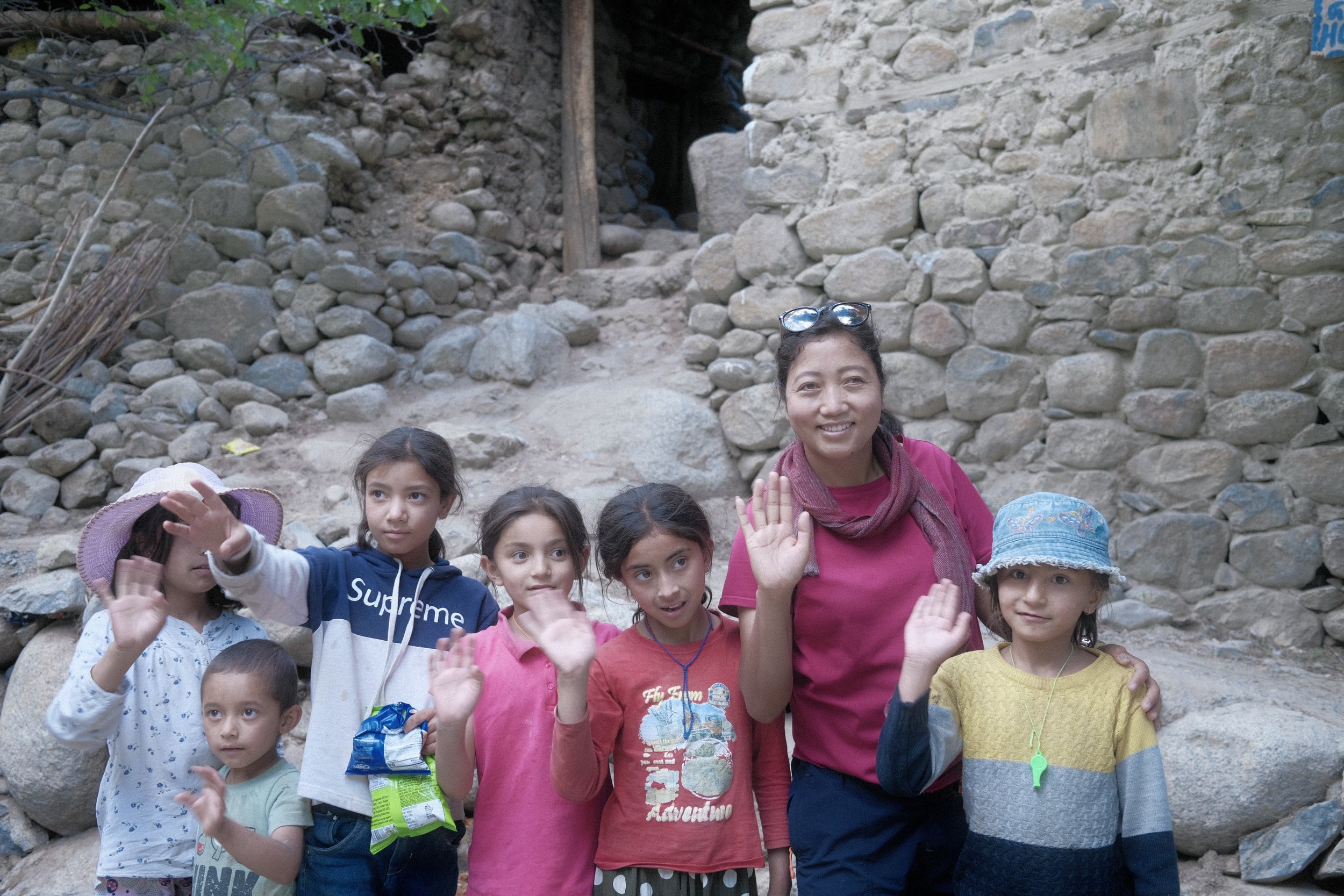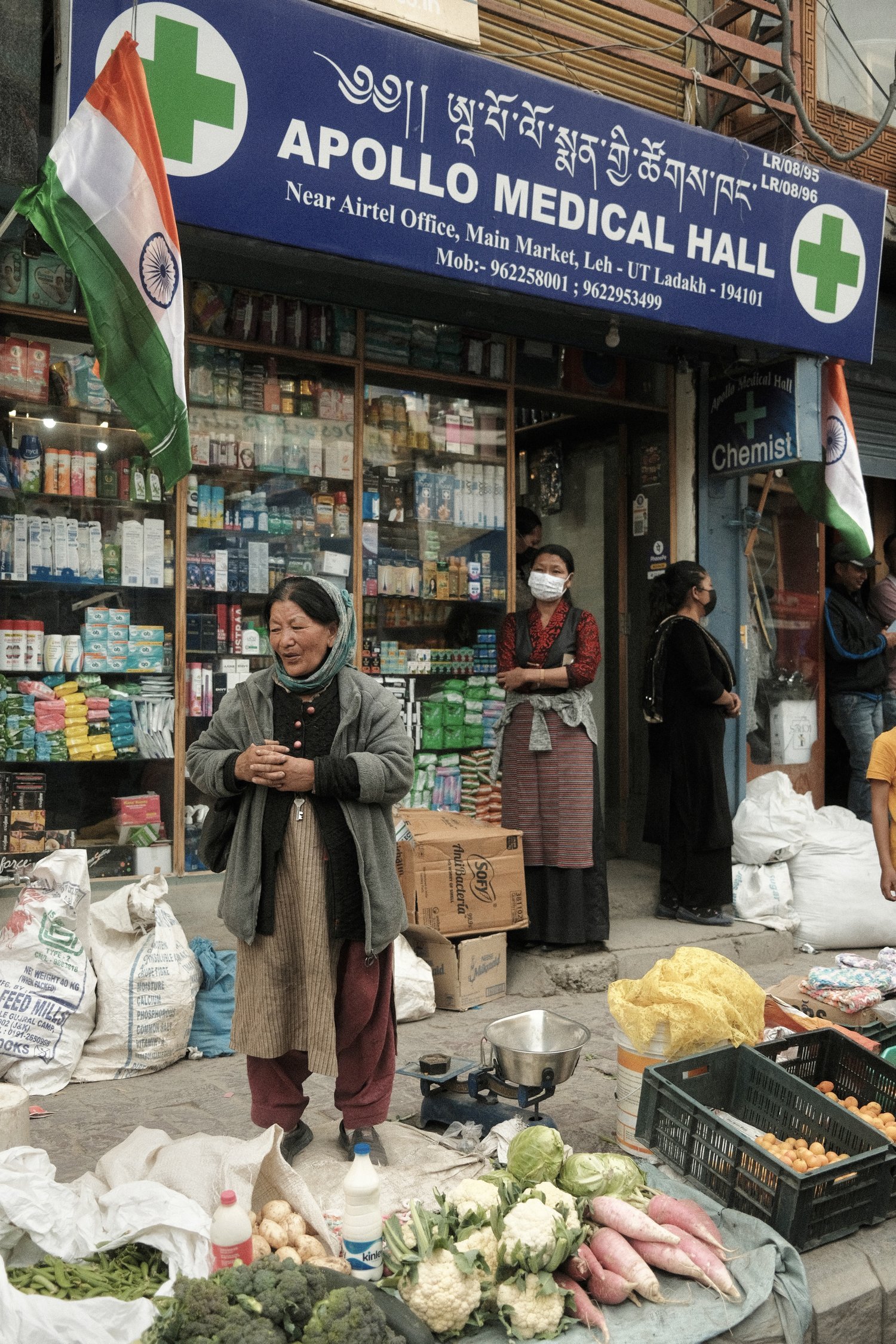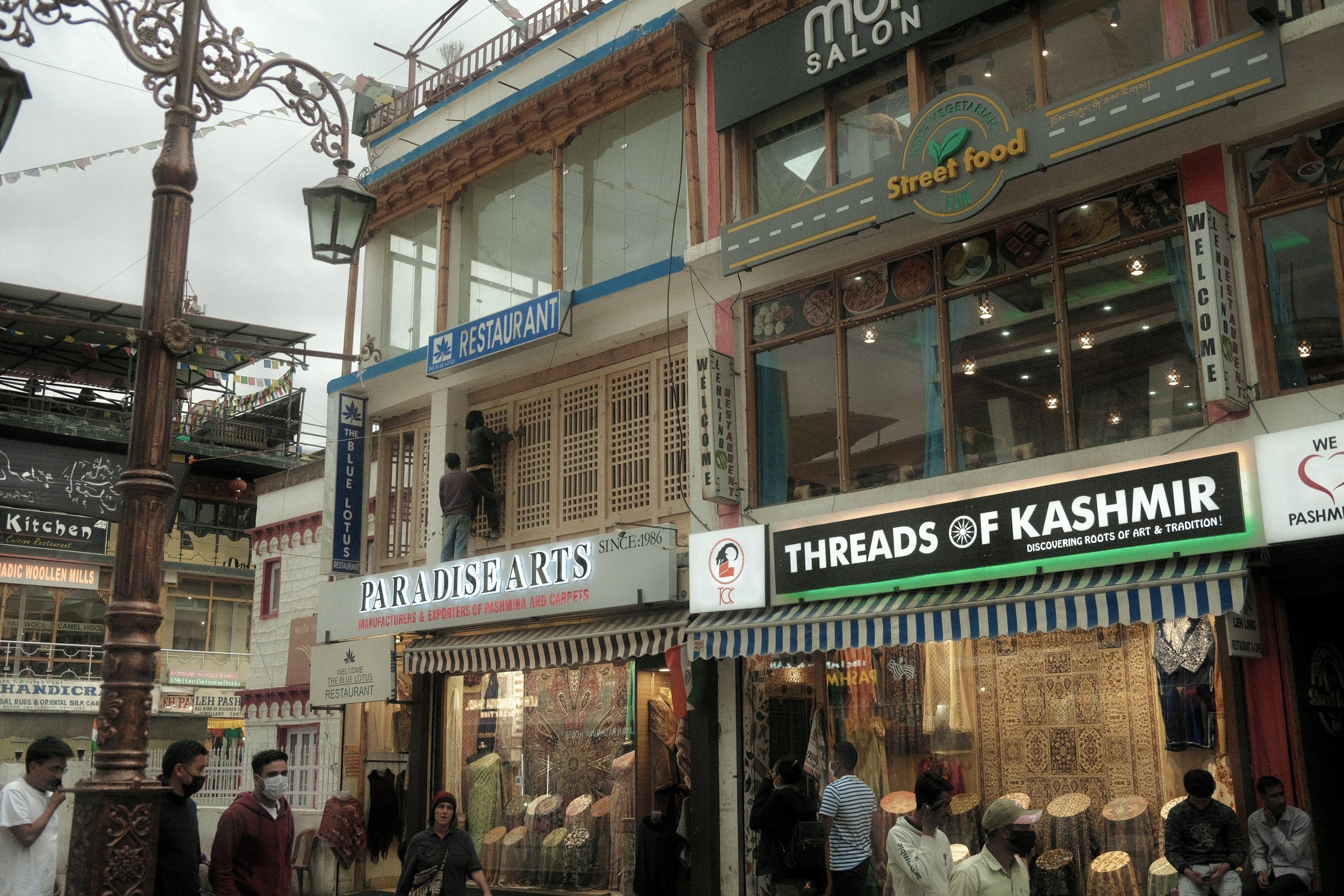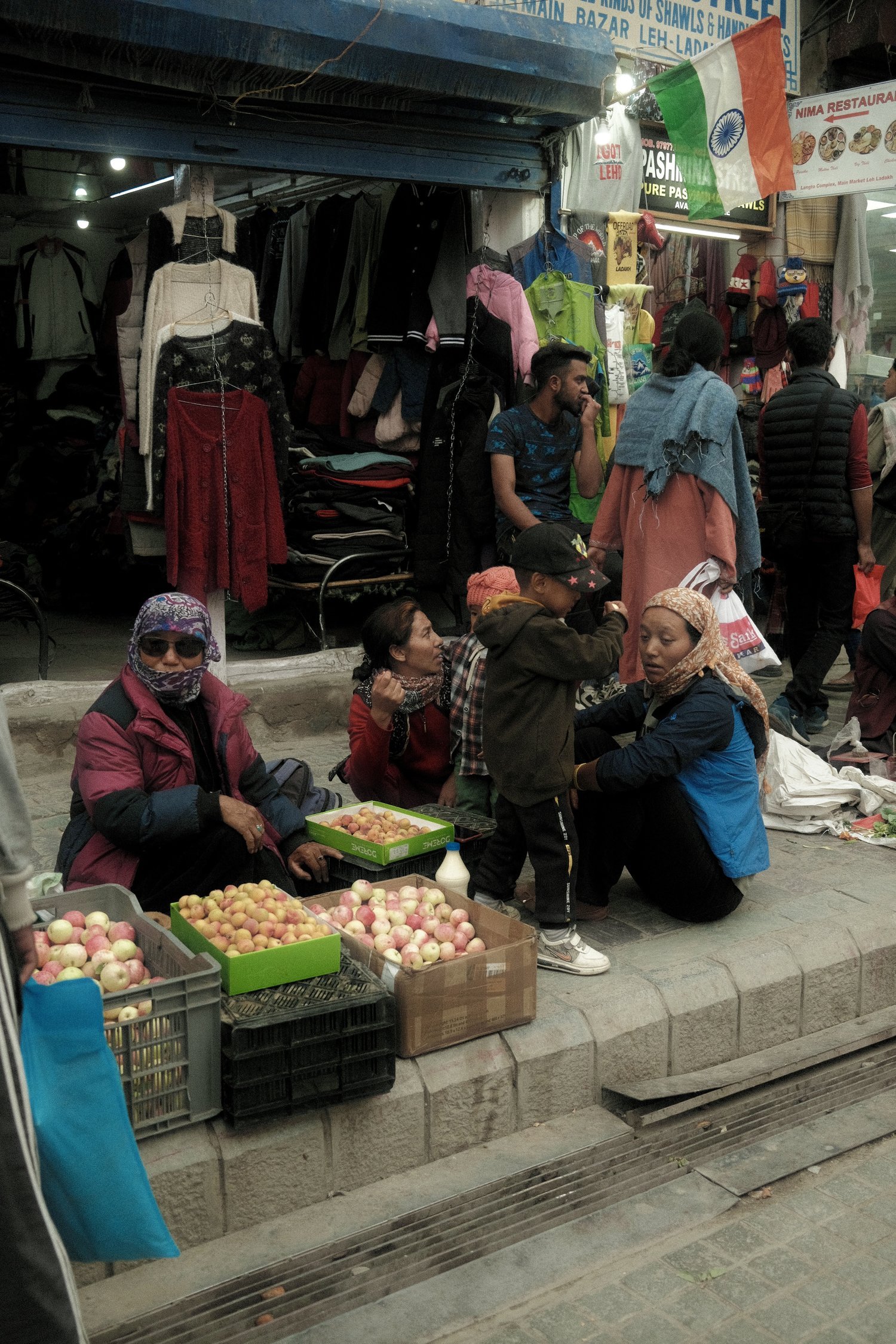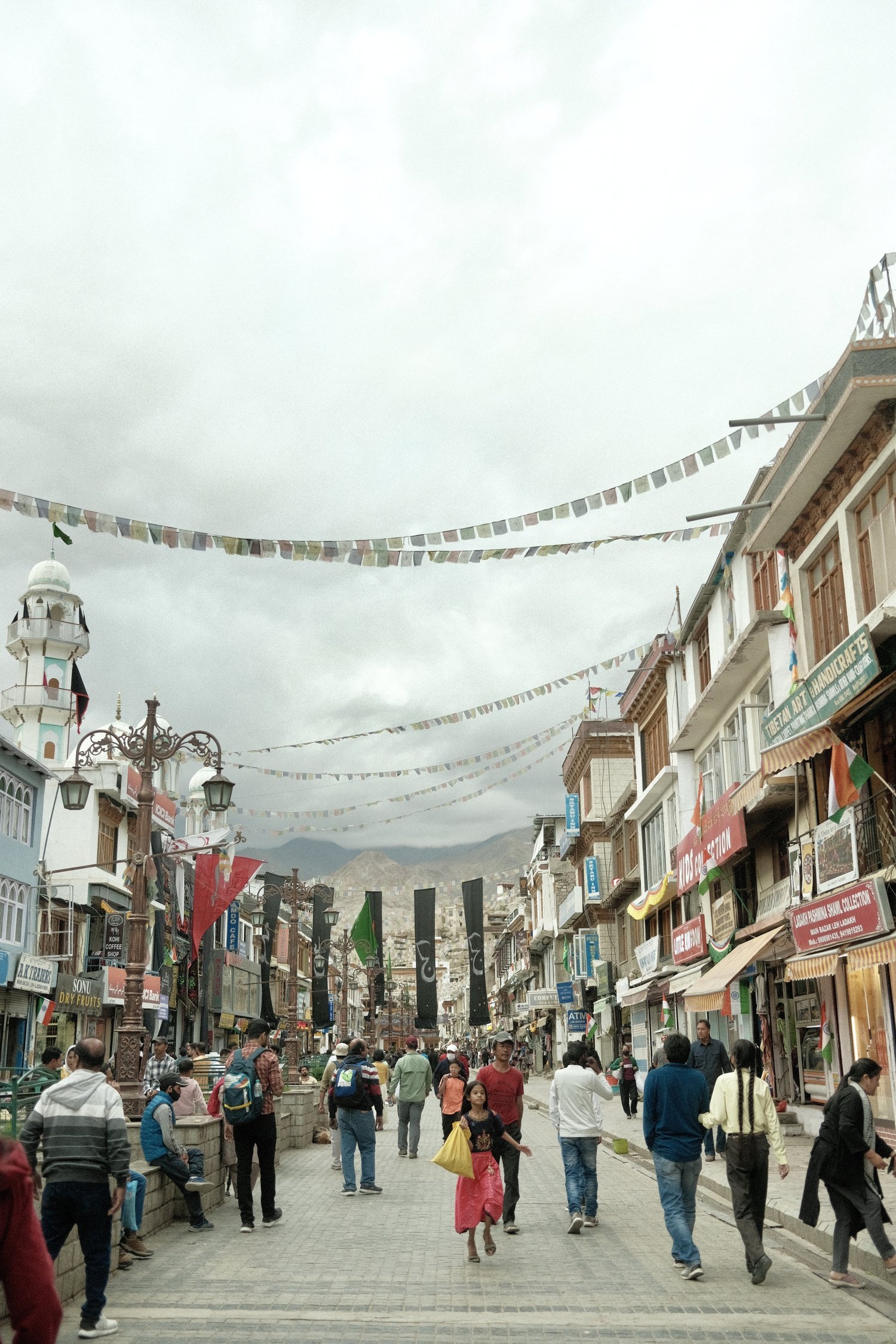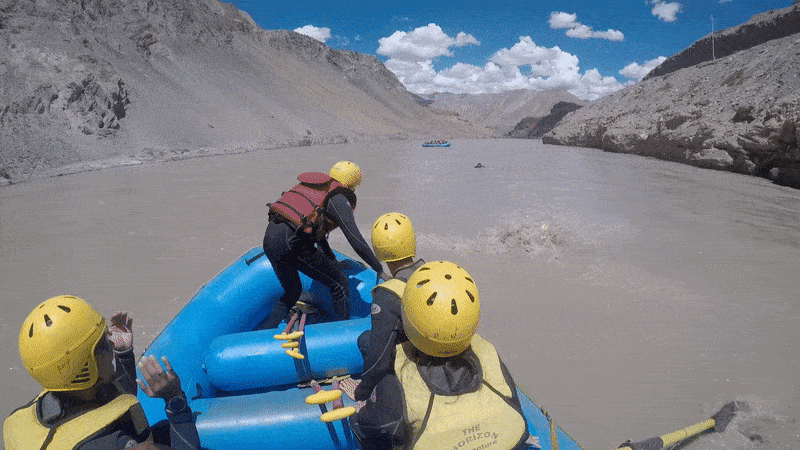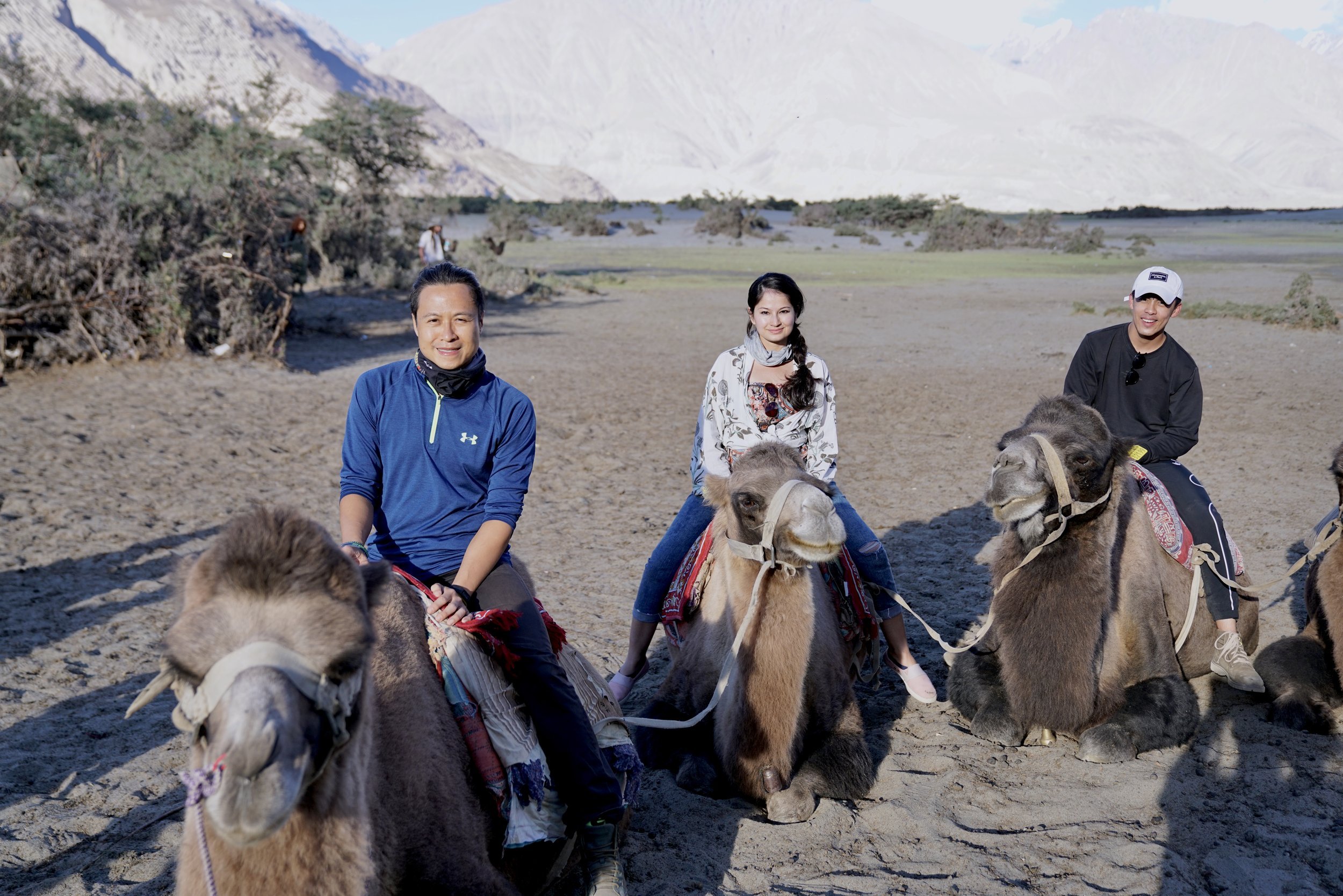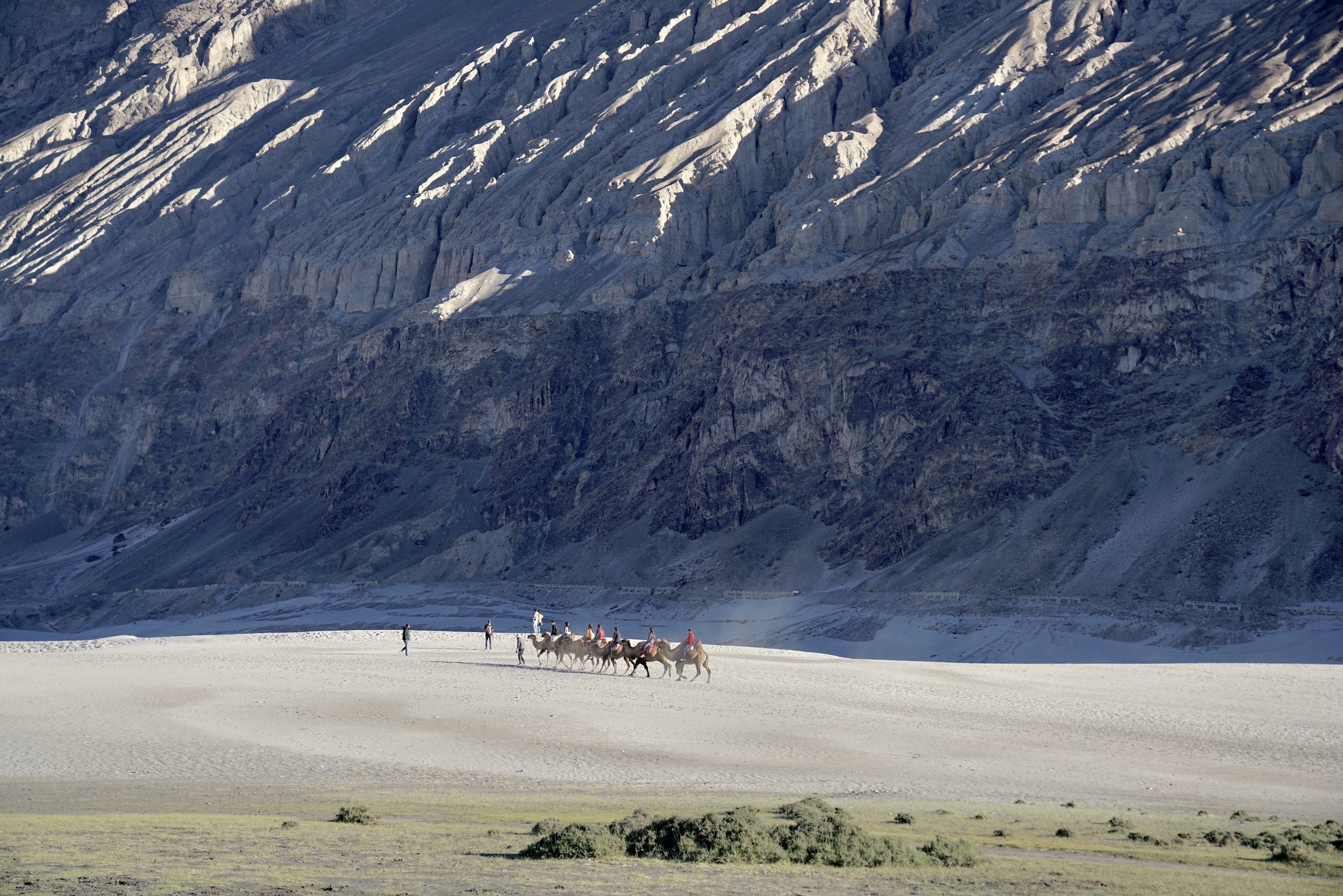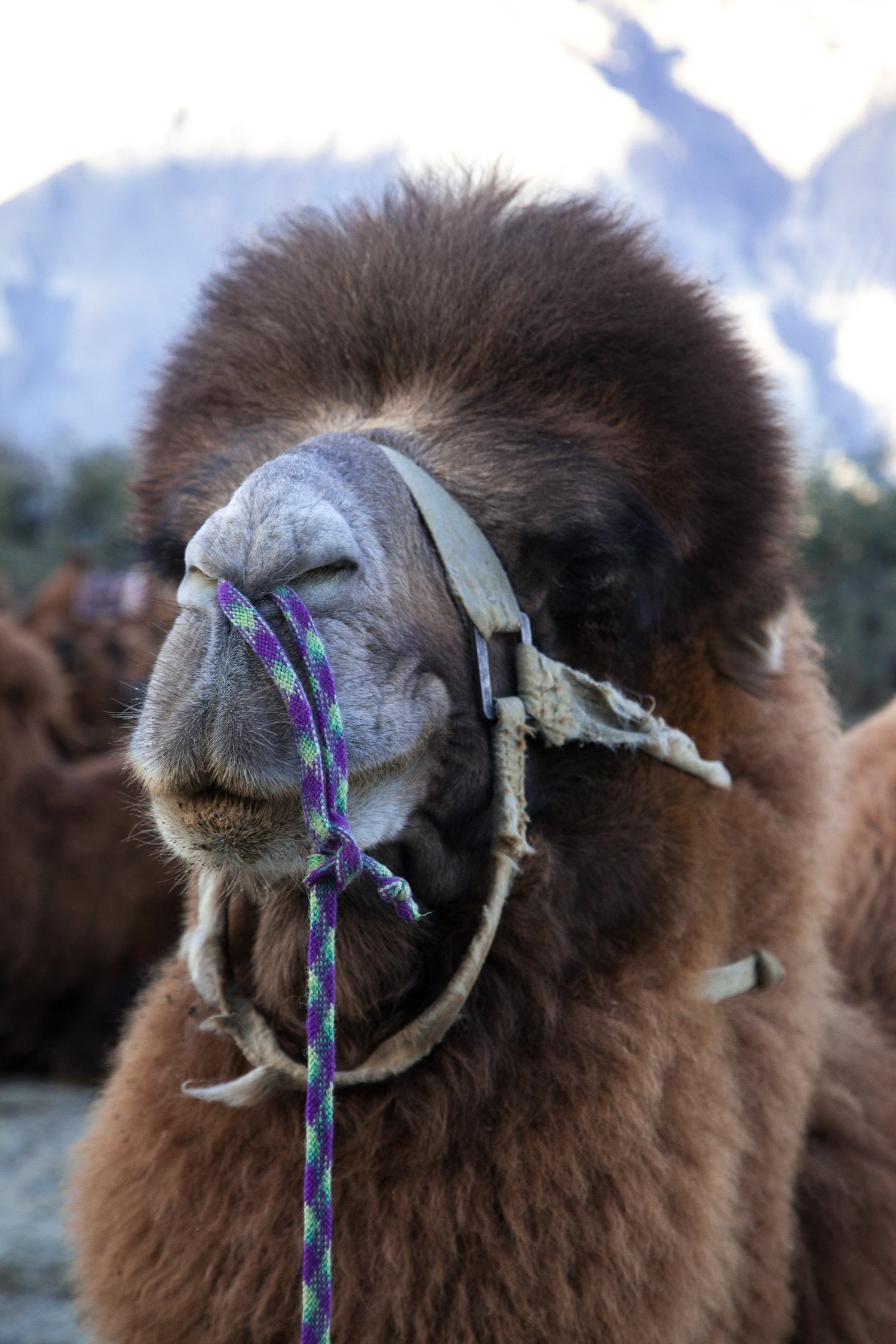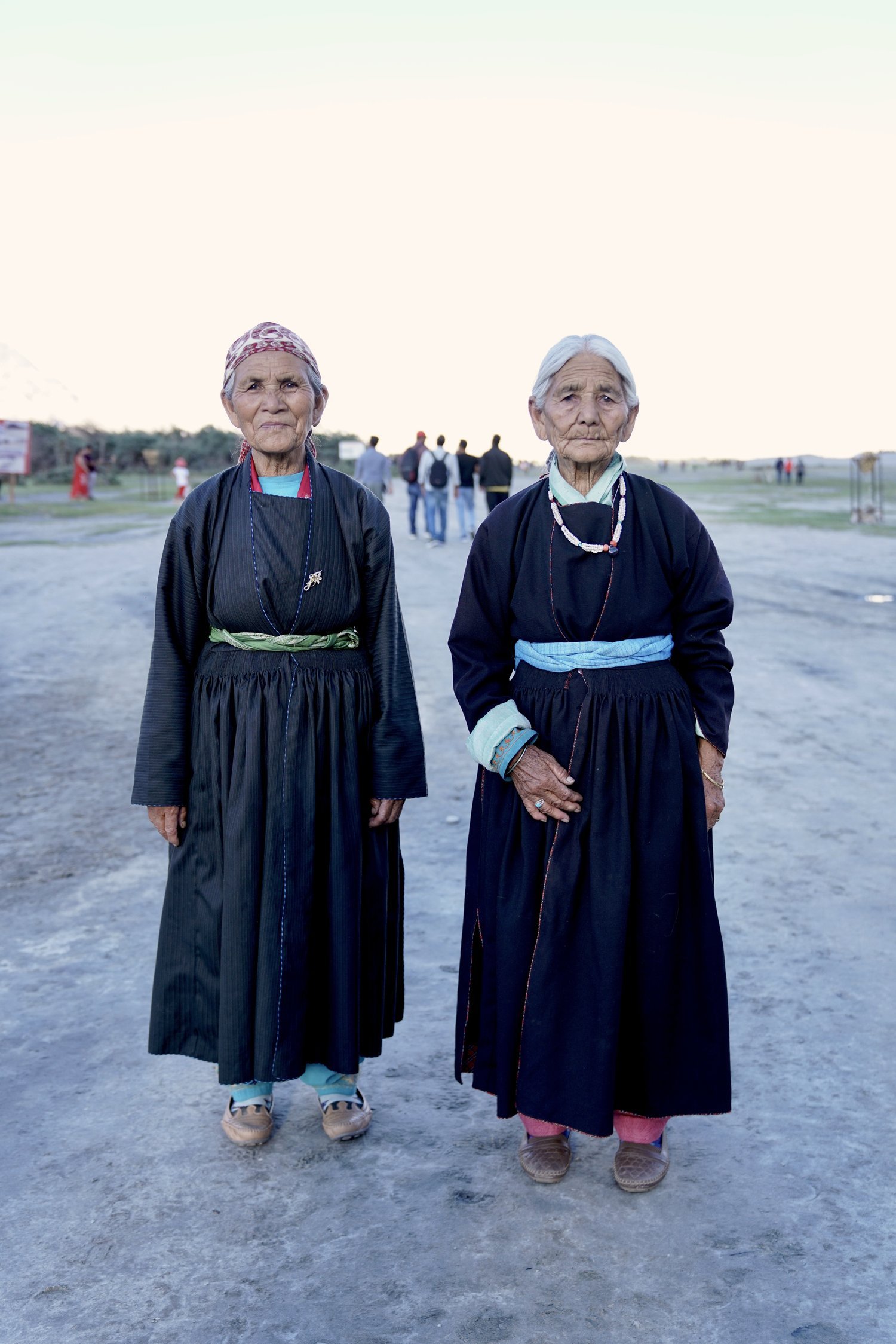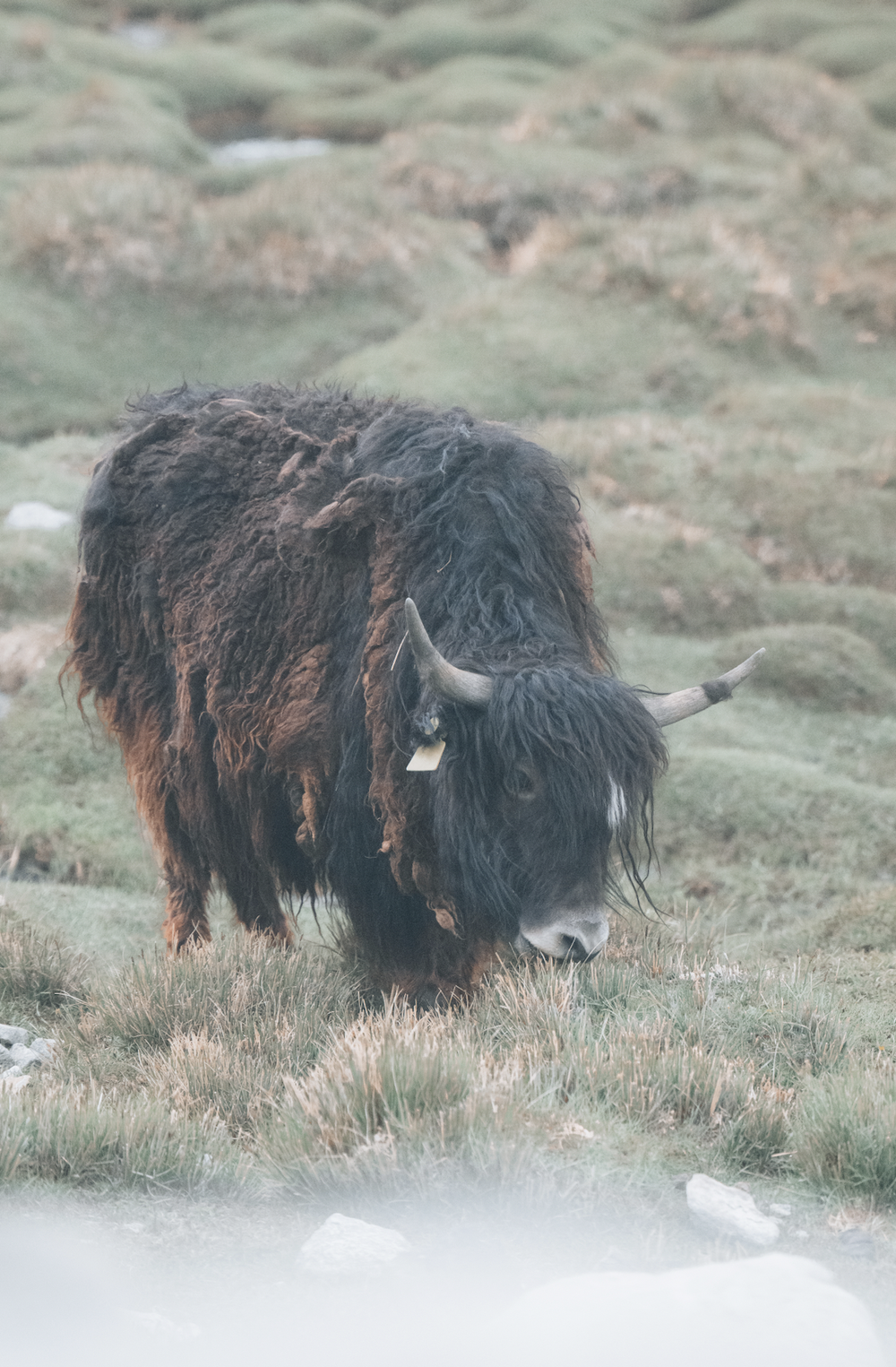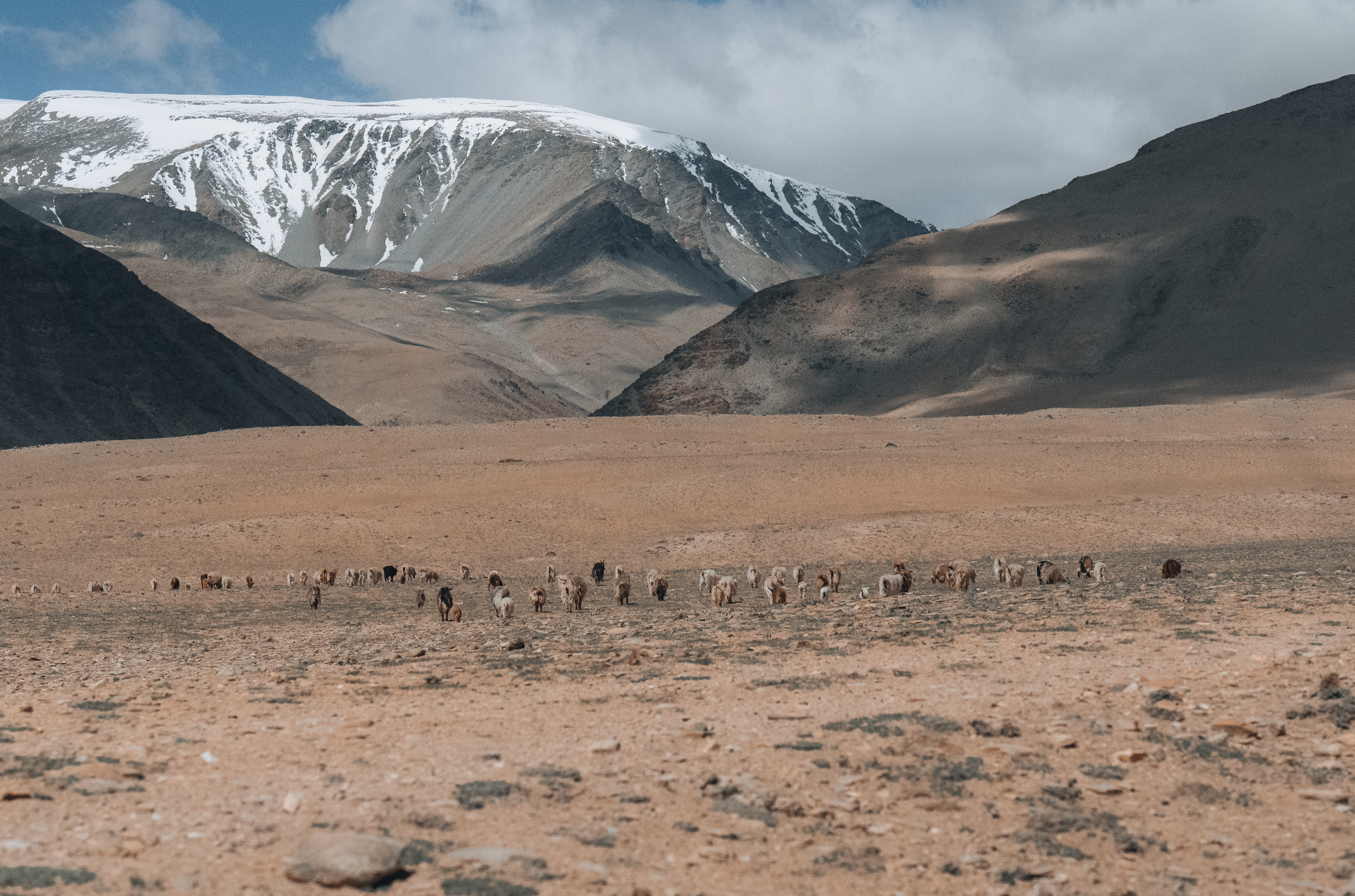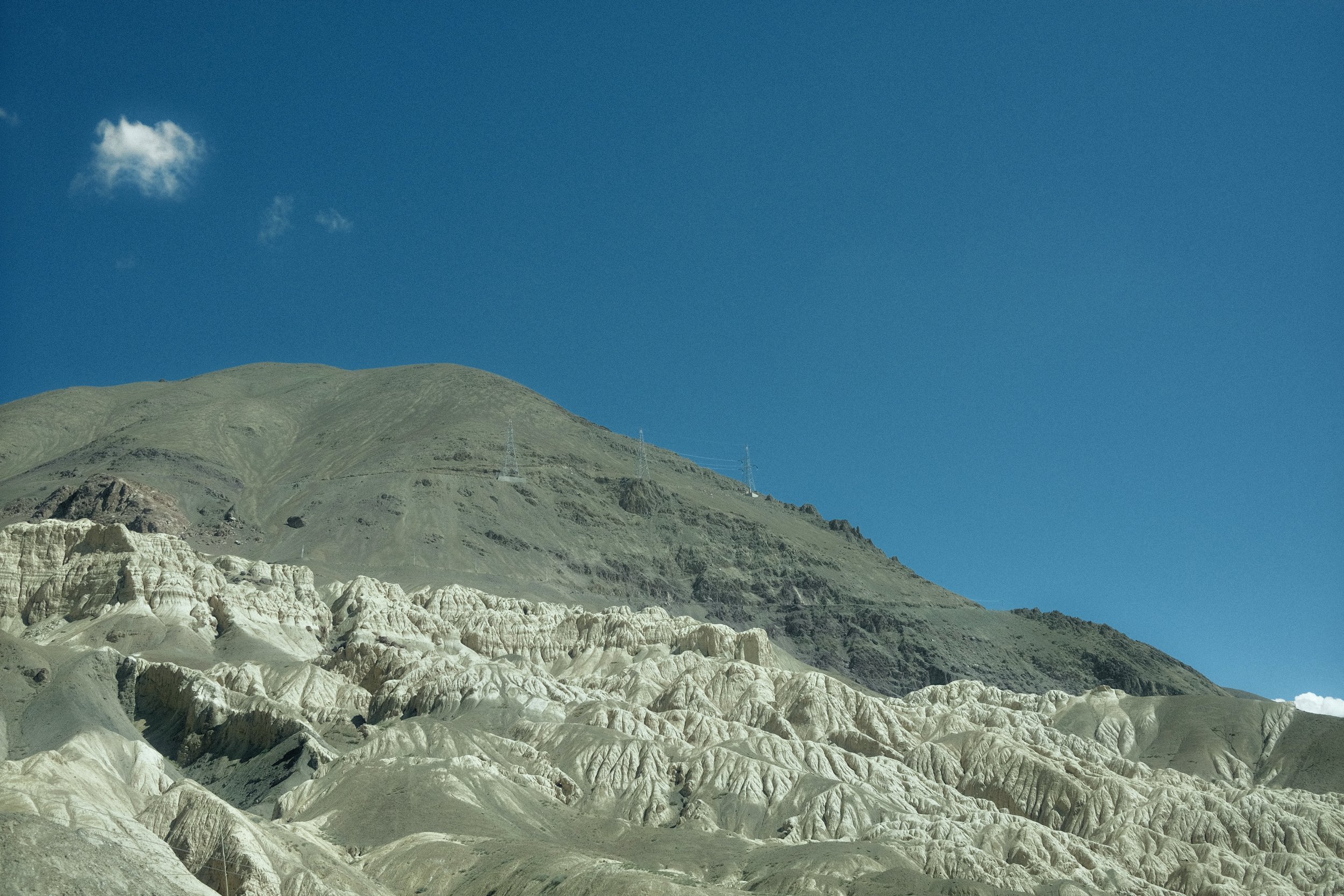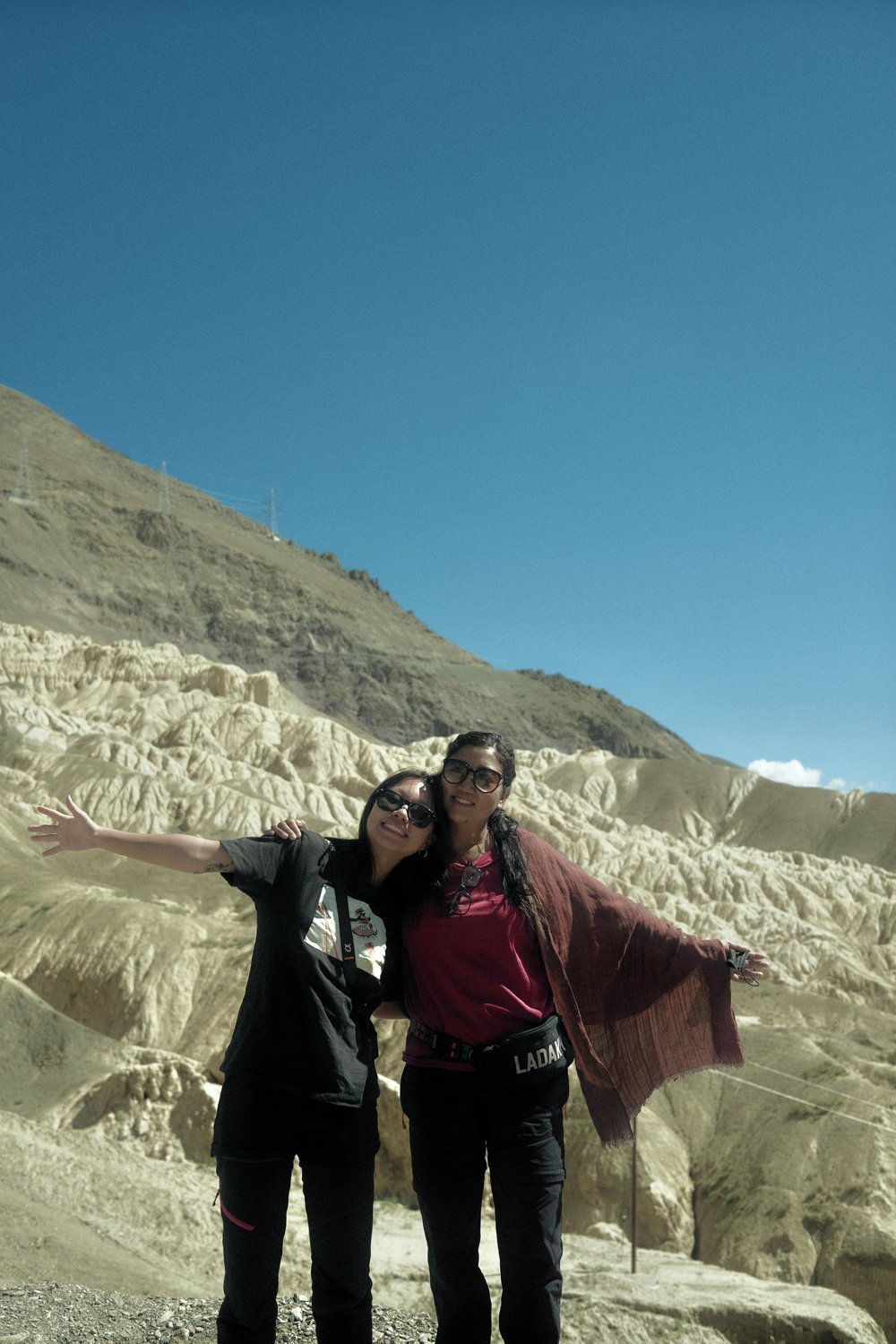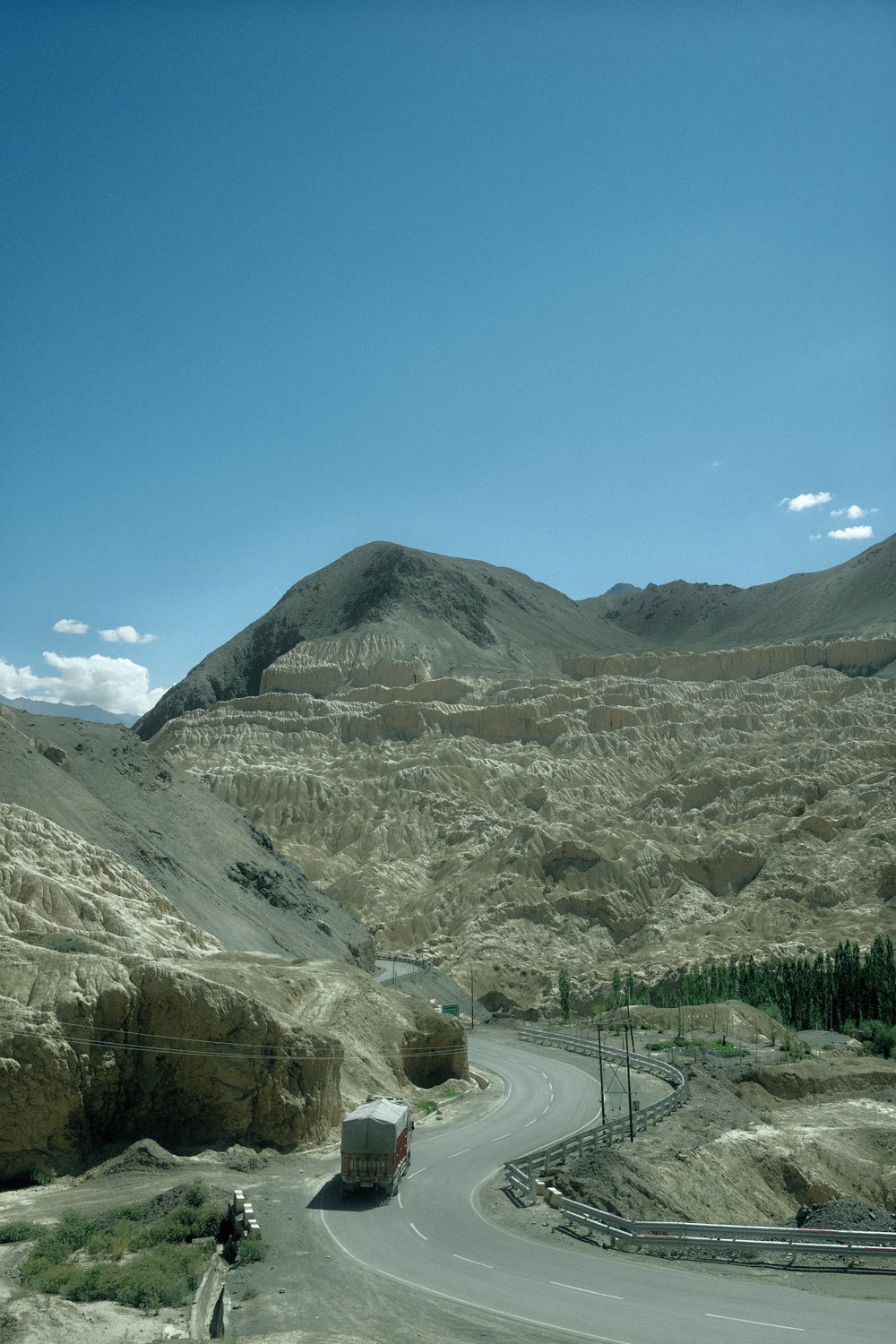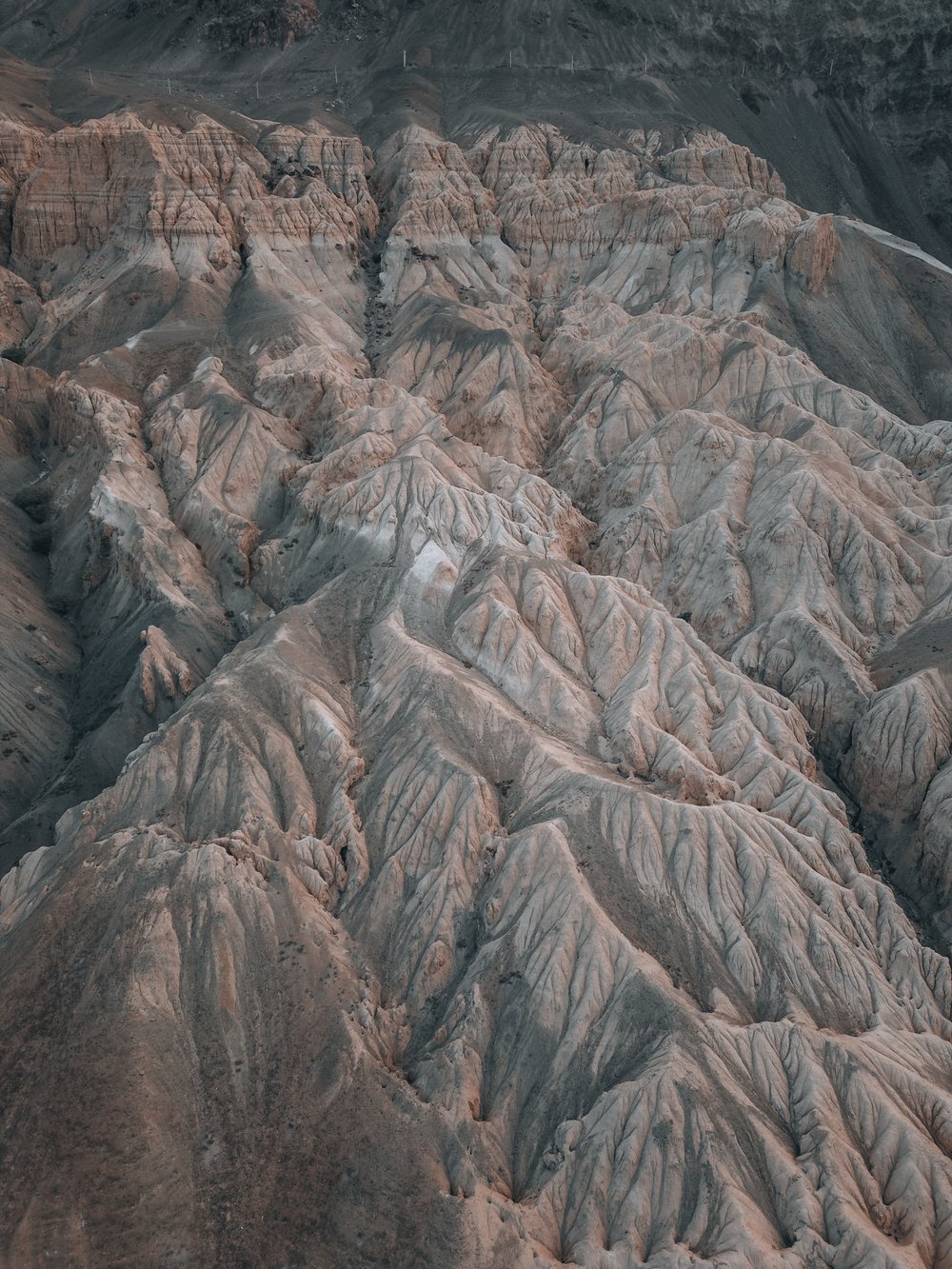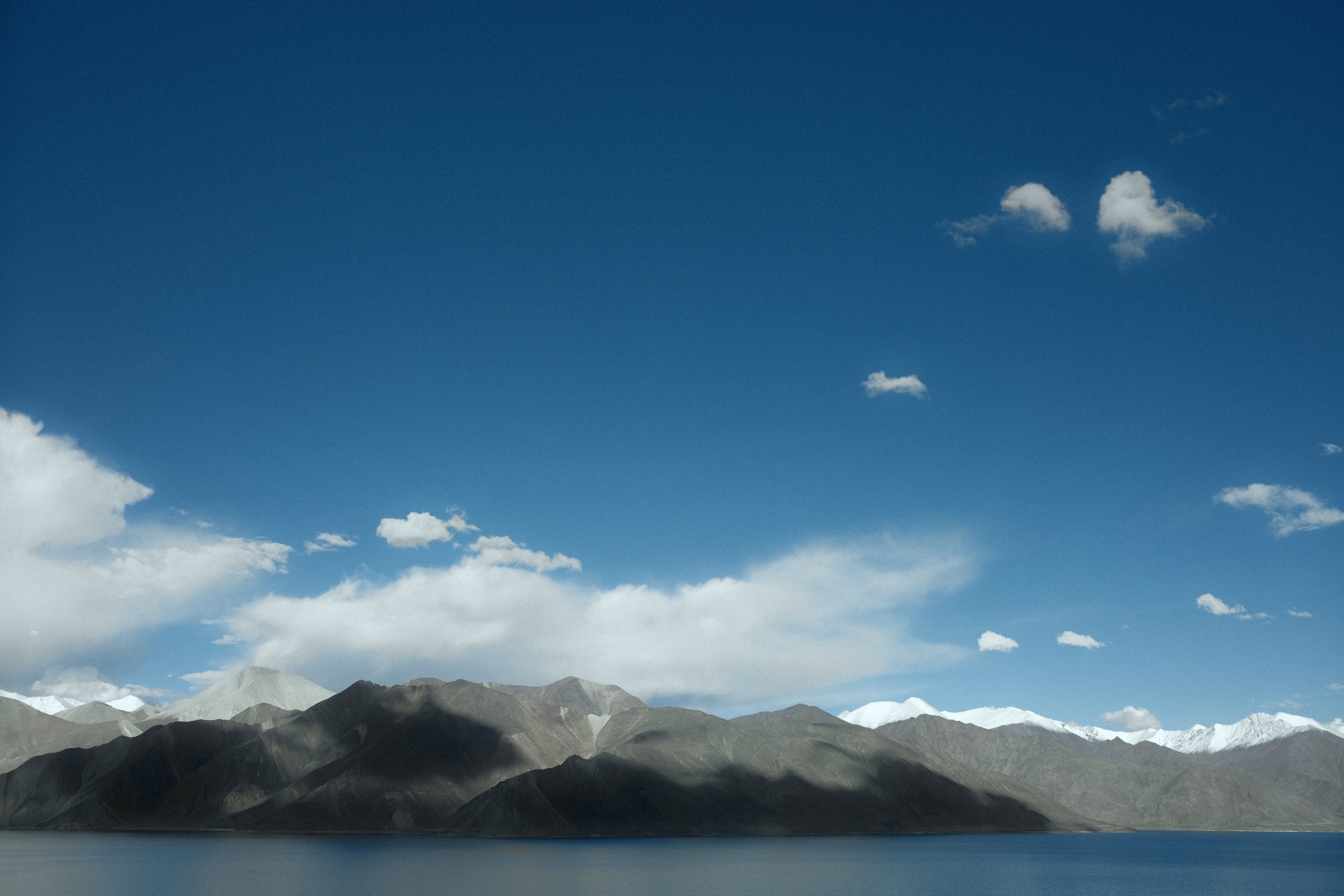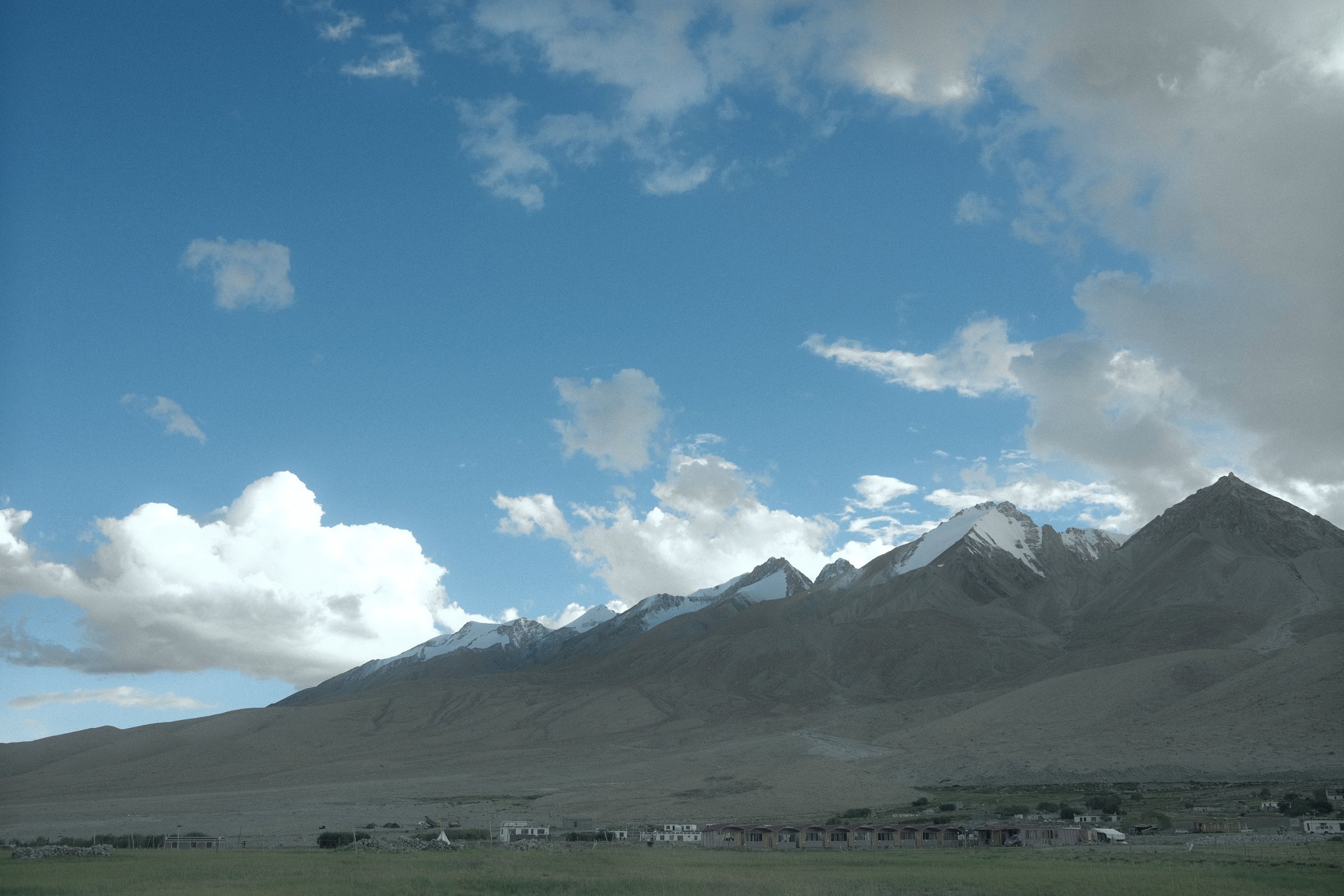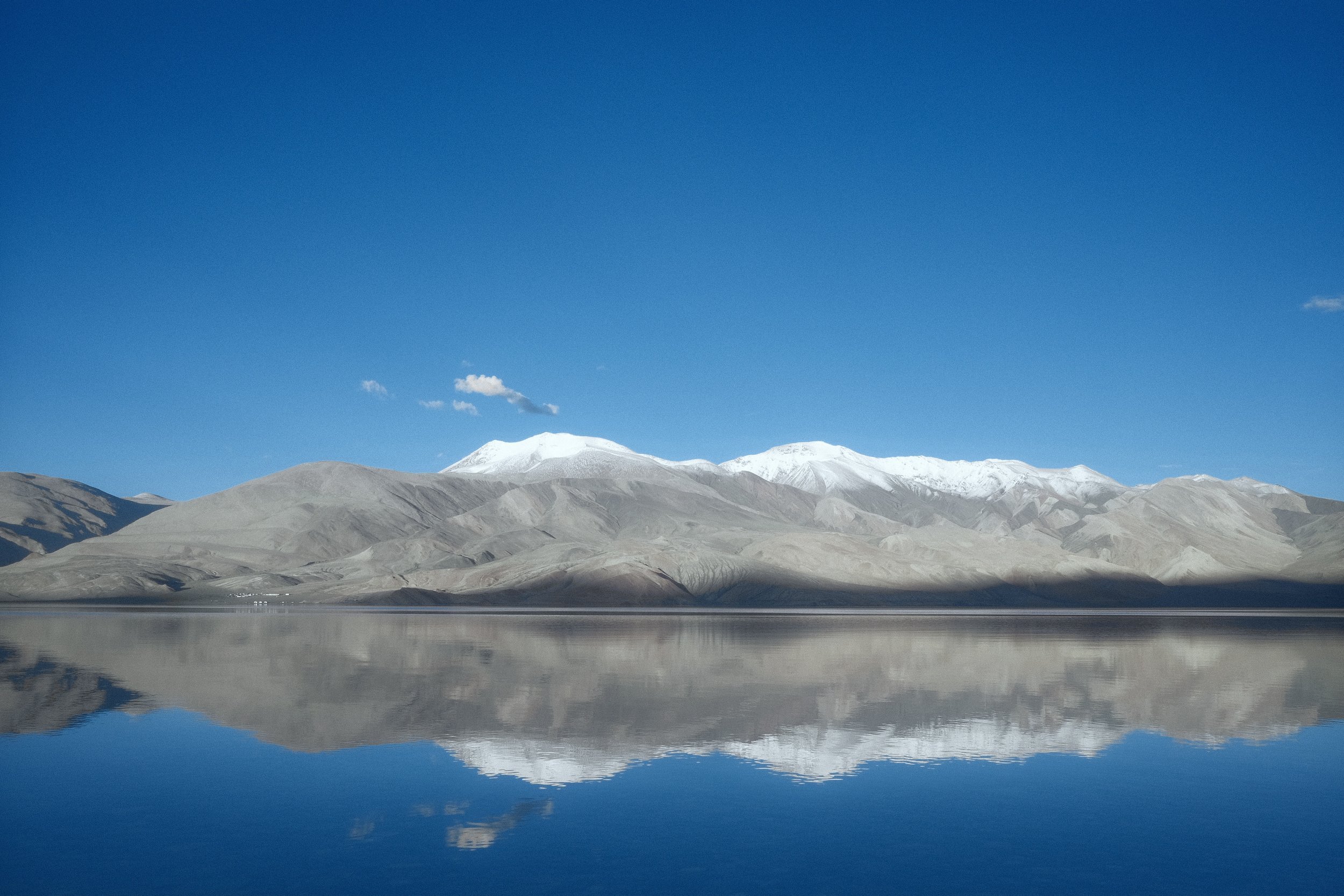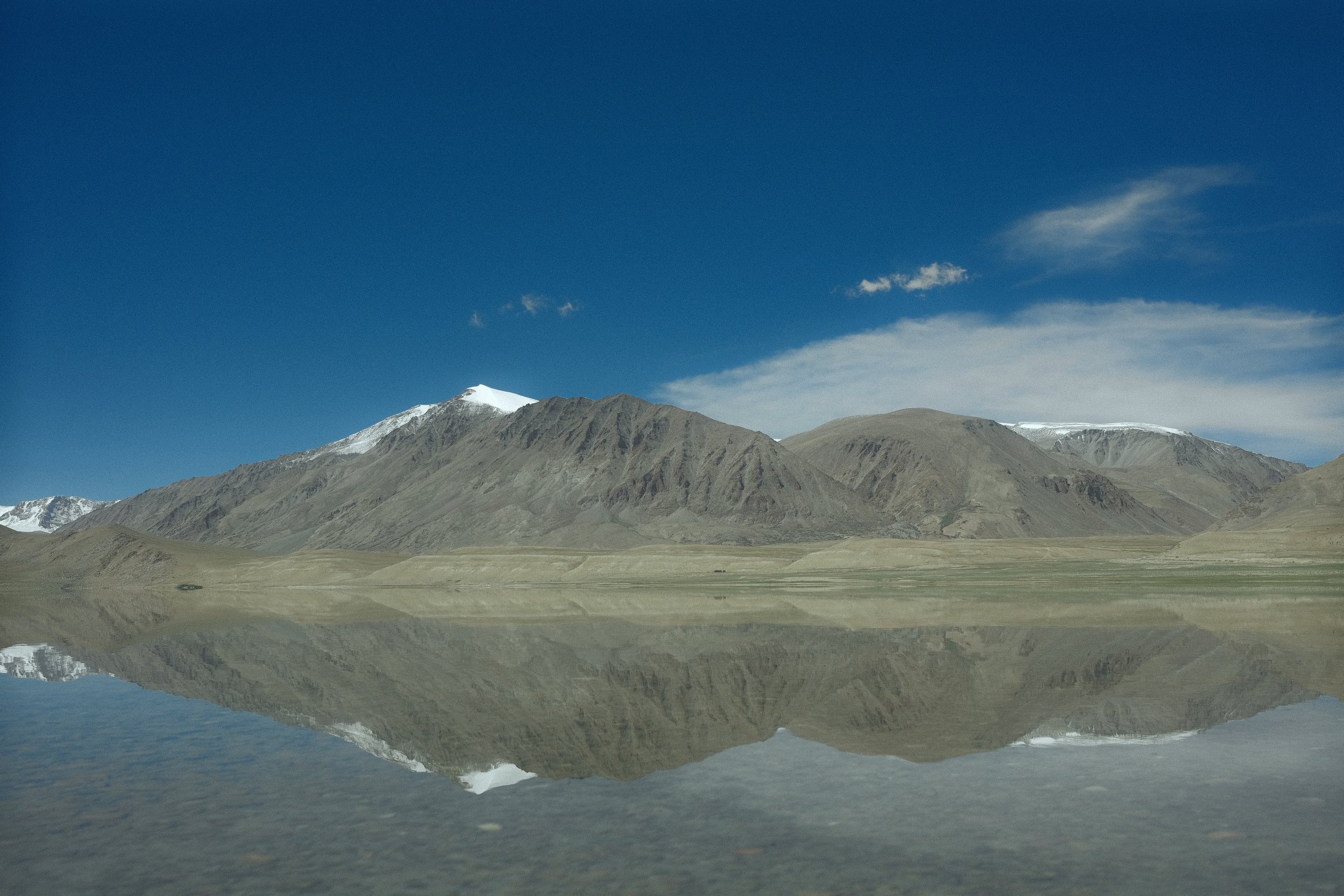BE Team Travels: Ladakh Edition
Hey there adventurers! Have you been catching up with our latest travel Instagram Stories to Ladakh? Curious to know more in-depth about our experience last August? Continue reading as we unfold the beauty of Ladakh to you!
Often portrayed negatively for various reasons by mass media, India is such a massively underrated, misunderstood country that boasts some of the world’s most beautiful landscapes and diverse cultures. Situated in the north, in between China and Pakistan, Ladakh has also been recently named as a union territory without legislature.
And now that the borders to India have finally opened and travel restrictions have been lifted, the much anticipated return of the Beyond Expeditions team to Little Tibet is upon us. Journey with us to the Roof of the World as we share our first Post - Covid Era Ladakh expedition!
Pre - Departure & Arrival
For our Ladakh expeditions, the team will be flying from Changi Airport to Indira Gandhi International Airport in Delhi with a connecting flight the following day. Before we embark on our journey, there are a couple nitty gritty administrative documents that we needed to prepare beforehand. (The following documents will be listed at the bottom of the article under travel information) With the long layover ahead of us, we had the opportunity to explore a bit of Delhi. If you're a first time traveller to India, you wouldn't want to miss out on this small window of opportunity! Do consider booking an accommodation for a night in Delhi as well. There are plenty of choices near the airport to pick from (a list of our recommended accommodation can be found at the end) , but if you’re looking to stay at the airport throughout your long layover, you can head to the Plaza Premium Lounge!
As we journey to Ladakh the next day, be prepared for minor headaches and dizziness as you are landing on one of the world’s highest airports, Kushok Bakula Rimpochee Airport, at an astounding elevation of 3,256 metres above sea level. Remember to pack motion sickness pills or Diamox (for Altitude Mountain Sickness) too, we weren't kidding when we mentioned you’re travelling to the Roof of the World! Don’t miss out on the amazing views if you’re getting a window seat, i kid you not, you’re going to be blown away when you realised that you’re flying among the mountains. Mindblowing. Upon landing, we were greeted by our local guide, Stanzin, and Expedition driver, Jamyang, who will be taking care of our every need throughout the trip. They welcomed us with a khata - a traditional ceremonial scarf, normally in white, to symbolise the pure heart of the giver. The entirety of the day was meant for us to recuperate and get acclimatised to the high altitude, as we were city folks who lived very much on sea level.
Understanding their culture, history & religious beliefs
Every adventure would not be complete without understanding their culture first. Ladakh is split into two main towns - Leh and Kargil. Leh’s primary religious groups are Buddhists, practising Tibetan Buddhism in Leh while the latter, Kargil, is mainly Muslims. In Ladakh, they don’t speak Tamil, only Ladakhi, Hindi or both. As we explore the main capital, Leh, we will be exploring the numerous Tibetan Buddist monasteries that many visit for their pilgrimage visits. These monasteries also hold so much significance to the region’s rise over the years.
First up, Hemis Monastery. Our guide, Stanzin, shared every bit of knowledge she knew about each of the monasteries. Dubbed as the richest monastery in Leh, the big gates leading to the entrance will engulf you yet keep you on your toes as you feed onto Ladakh’s rich culture and history. We also visited the Hemis Museum where we got to learn about the Drupka lineage of Buddhism over generations and various interesting relics. There were plenty of interesting trinkets, souvenirs such as postcards and books in the shop too! Keep a lookout for the walls that are beautifully painted with religious figures and a huge depiction of The Wheel of Life (a representation of the cycle of existence of different realms in the universe. It’s pretty interesting, it was so much to take in!). What adds to the unparalleled beauty is the Hemis Festival, celebrated once a year in June to July. The major attraction during this festival is the unveiling of a giant thangka (religioius painting) once every 12 years that is dedicated to Guru Padmasambhava.
A stupa made by a Japanese?
Yes! Interestingly enough, the Shanti Stupa was built in 1991 by Japanese Buddist, Gyomyo Nakamura. The Shanti Stupa was built to mark the completion of 2500 years of Buddhism and more importantly, at its base, it holds the remnants of Buddha. Today, across Ladakh, there are plenty of Stupas, all built to house cremated remnants or belongings of Buddhist monks or nuns.
Located on a hilltop, Thiksey Monastery, built in 1430 AD, is 12-stories high and houses many items of Buddhist Art. Each building of various heights from the base of the hill to the hilltop are arranged in accordance to its importance as well. As we make our way up, there are plenty of prayer wheels along the way. They come in various sizes, with each one inscripted with different mantras. Throughout our visits, we could hear both locals and tourists chanting “ Om Mani Padme Hum '' when they spinned the wheels. The 4-word chant is said to transform your impure body, speech, and mind into the pure exalted body, speech, and mind of a Buddha.
We were also fortunate enough to witness a live Buddism prayer at the temple, as it was one of the auspicious days of the month! As we explored the various shrines, it was filled with colourful Tibetan prayer flags. One particular shrine caught our attention - a 15 metre Maitreya Buddha statue stands in it. Taking over 4 years to craft, the statue is now one of the most photographed Buddha in Ladakh.
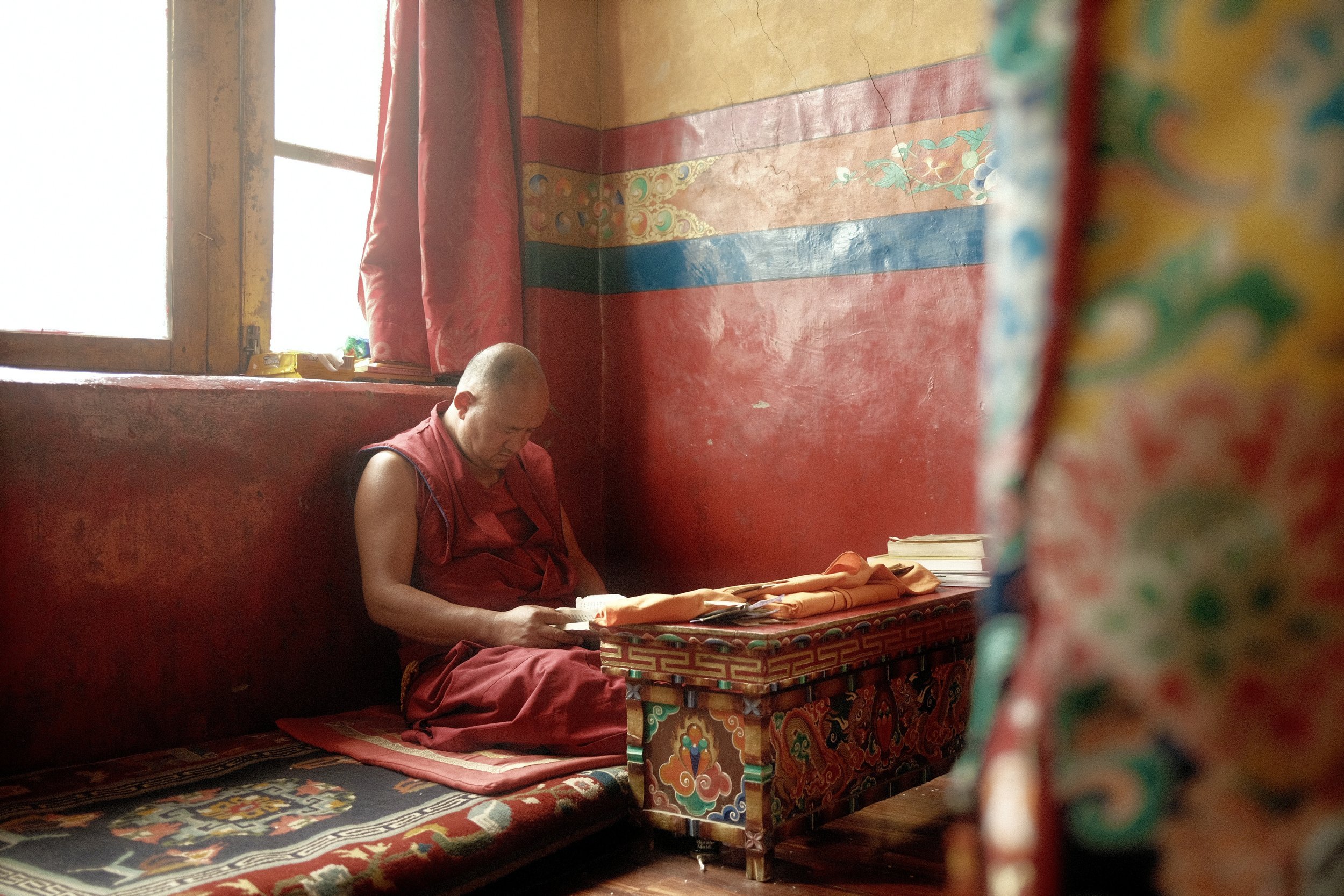
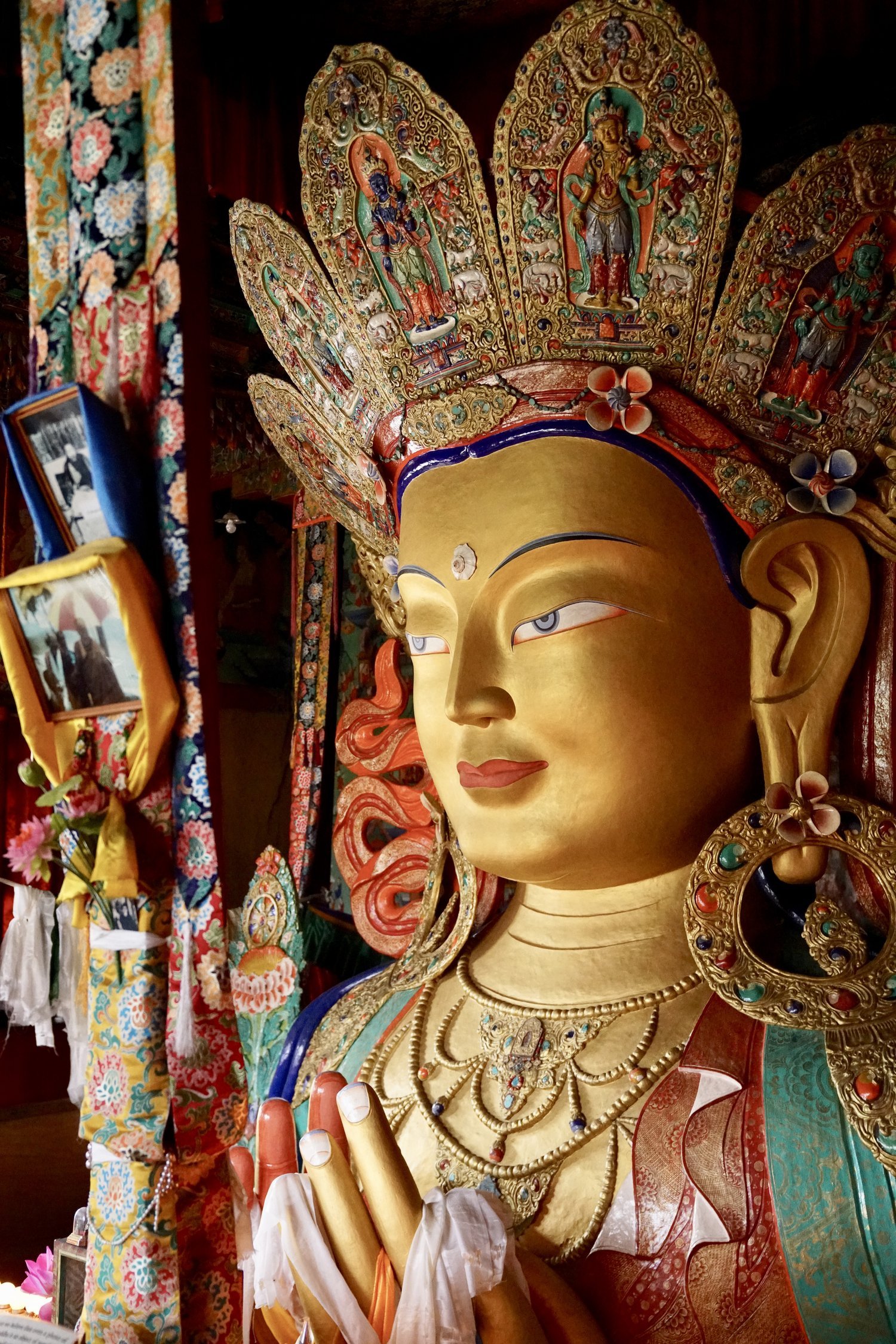
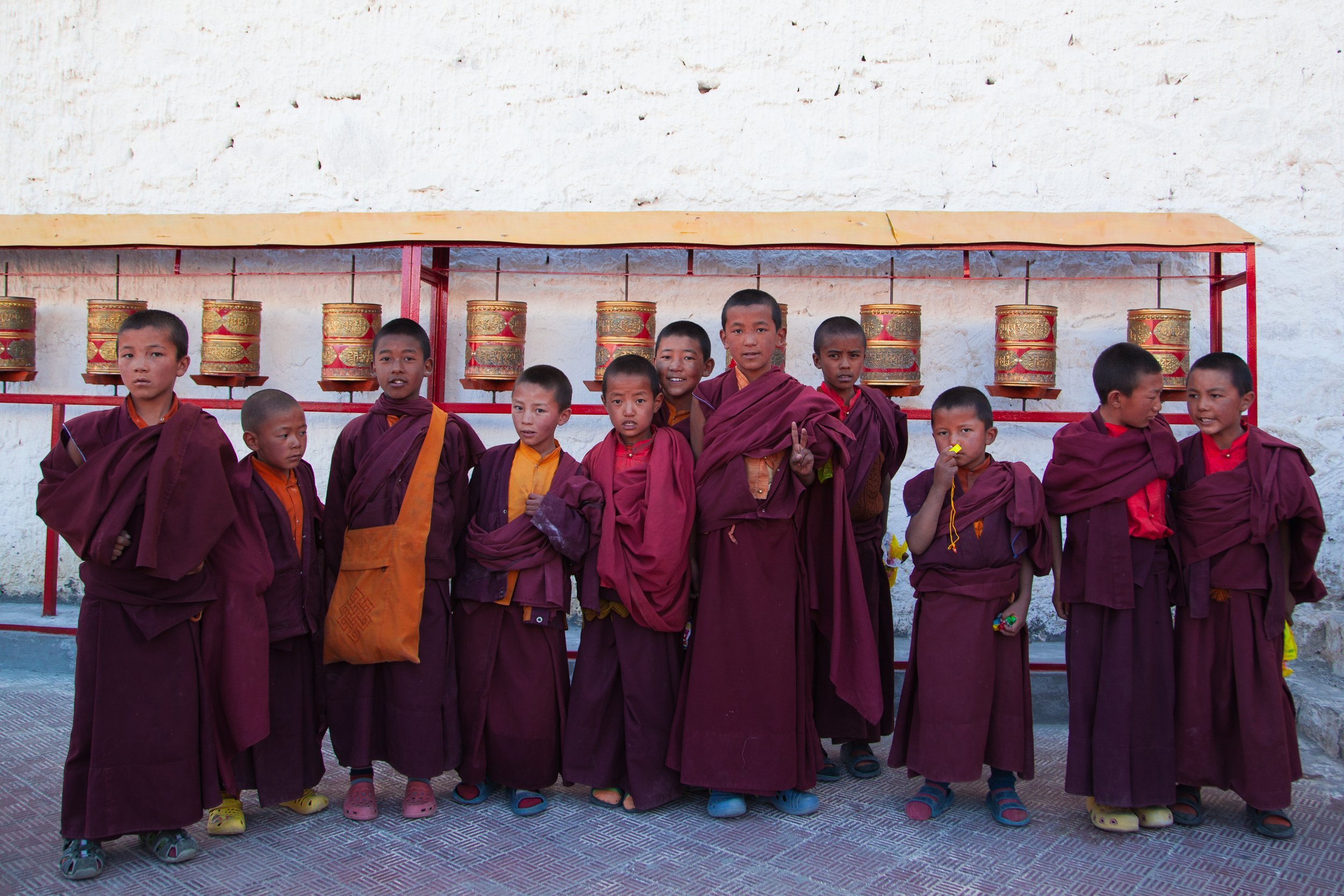
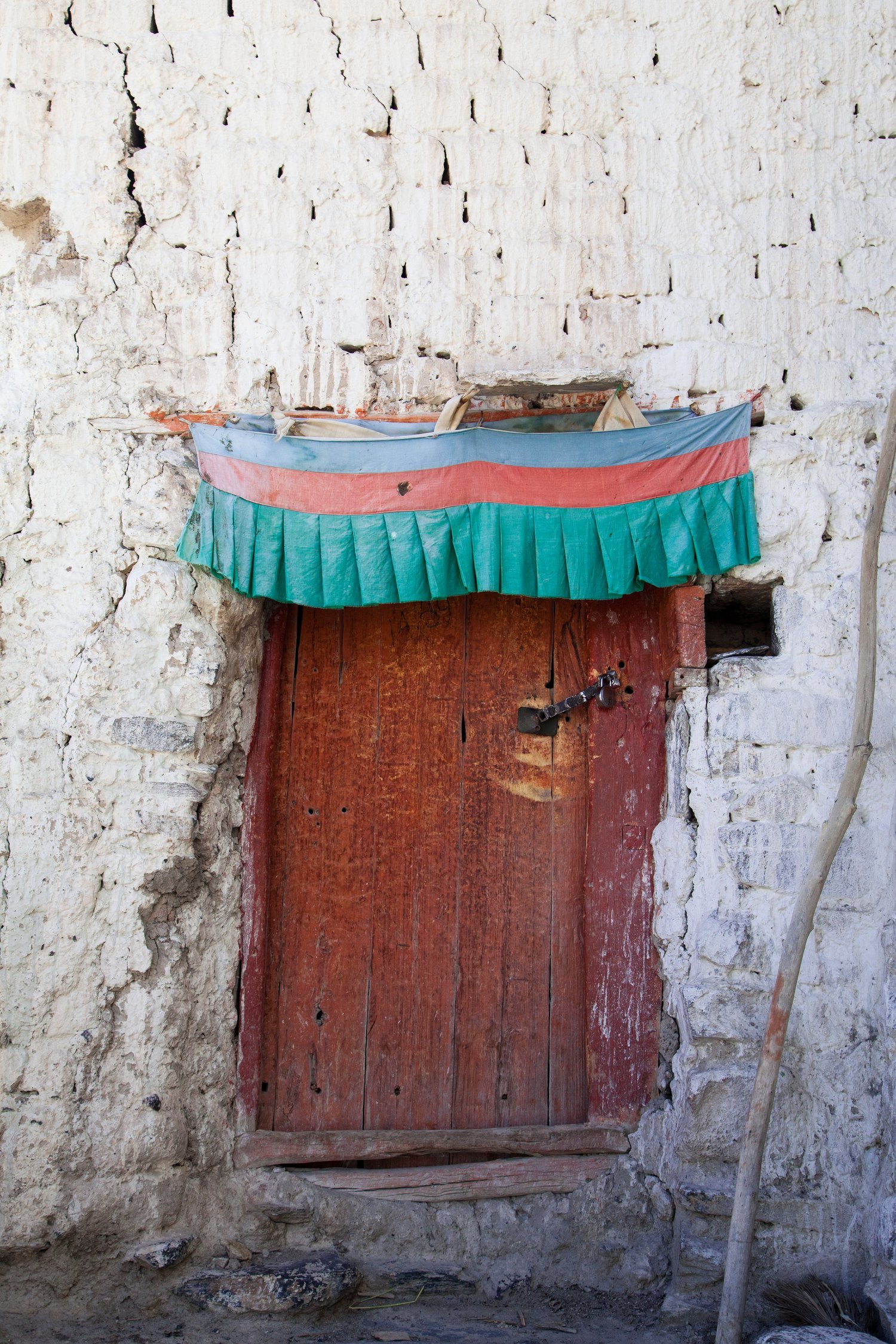


Did you know: You can only spin the wheel in a clockwise direction and spinning each wheel is just as effective as reading the sacred texts aloud as the mantras are inscripted on the inside of each one of them!
Amazed by the 15 metre Buddha statue?
Get ready to see something more astounding at Diskit Monastery in Nubra Valley. A 32 metre Buddha statue that left us speechless yet amazed. Taking over 6 years and 30 million rupees to craft, it is the tallest statue in the Ladakh region. The monastery here also has an established school for students aspiring to go down the path of becoming a future monk.
Did you know: Each of the five colours you see on Tibetan prayer flags have different meanings? Blue represents purity and healing, white represents learning and knowledge, red represents life force and preservation, green represents balance and harmony and yellow represents rootedness and renunciation.
There is just one too many to share with you guys! Ladakh is truly the land of monasteries. Hearing every single story about their sacred religion and how it has shaped their culture today has made us more aware of their way of life.
Immersing with the locals
With Beyond Expeditions, we’re not just travelling to exotic countries, we get to immerse ourselves in the rich Ladakhi culture in two villages that are deep in the mountains - Timosgam and Aryan Village! These villages blew us away! They are barely touched by modern day tourism and their culture is kept intact despite the advancements in technology and globalisation. We got to spend a night in each village, staying in a unique homestay whilst experiencing a unique kampung lifestyle and getting involved in their daily routines. To find out more in-depth, read our article Timosgam Village - The perfect escape from citylife! It was the perfect retreat as we barely had any connection and time just felt like it was at a standstill.
Deep in the Aryan Valley lies Aryan Village, so deep in the mountains that it felt like an entire new civilisation. And indeed it was! The locals here were completely different from other parts of Ladakh - unique physical features, ethnic culture, social life and their own language. There were only a handful that could converse with our guide in Ladakhi. If you’re lucky enough, you’d get to witness their very own festival - Aryan Festival! Dressed colourfully from top to bottom in their unique Aryan costume dancing and singing the night away, you may even get to wear one of them! It was such an experience. From one fellow traveller to another, we encourage our adventurers to hand welcome gifts to them during your nights at the respective villages. They will greatly appreciate it, especially the village kids if you bring some local Singaporean snacks or candies.
Back in Leh, we also got to visit the famous Leh Main Market! Generally, Ladakh is not known to be a shopping destination but the energy here was palpable. The hustle and bustle of bazaar sellers accompanied by beautiful lights, performances and flags made the entire place so vibrant. There is something for everyone here, from classic souvenirs like magnets, books and postcards to snacks, prayer wheels, wind chimes, even jewellery, shawls and hiking gear. We managed to visit the market a couple of times before flying home, so don’t worry about purchasing everything all at once. A must visit shop would be Mira’s Emporium, selling only the finest silk Pashmina Shawls crafted directly from the goat’s neck.
The adventure doesn’t stop!
The towering mountains, chilly winds, freezing water and sand dunes make up the majesty of Ladakh landscape. And that is why it is the perfect place for thrill seeking activities such as white water rafting and ATV rides.
But before we share more on that, remember the towering mountain? We got to drive up to the highest motorable road pass, otherwise known as Khardung La Pass. At a whooping elevation of 5,359 metres, the views were second to none. Take as many stops you would like on the way up as every corner was just epic! And don’t forget to layer up during this part of the trip, it gets very chilly at the top! Built by the Border Roads Organisation of the Indian Army, the narrow roads are primarily used by the Indian Army to transport troops, oil and equipment to various army bases along the way. Today, it is a well known spot for tourists to snap photos at this legendary location. Be prepared to wait in line as well, but let me tell you, it sure is worth it!
White water rafting in Ladakh is considered a seasonal sport (best time for river rafting is between June to September as the lake freezes in the following months). This is definitely a must for adrenaline junkies. The Zanskar River is also considered the world’s highest rafting point. Be prepared to be challenged and battle the fast rapids which could literally flip your boat! Fret not, there is always something for everyone as there are different levels of difficulty for newcomers and experienced rafters. We went for the 2 hour white water rafting course, recommended by Stanzin, and the rest was history. If you’re up for it, take a dive into the freezing cold waters, it will truly be a once in a lifetime experience. We had no regrets, only wrinkly feet afterwards.
Fun fact: The Zanskar and Indus River intersect here and it connects all the way to Pakistan!
As we make our way to Nubra, also known as the high altitude cold desert, we come across some of the finest sand dunes. If you have the need for speed, you don’t want to miss out on this too! Hop on to the ATV’s, step on that pedal and race across the sand dunes. Just like us, you’ll definitely feel the adrenaline and get your heart rate racing!
At Nubra itself, we got to visit the popular Hunder Sand Dunes. Here, you’ll be staying at one of the fanciest campsites in the wild and visit the camel safari. Let’s start with the accommodation. Just imagine a campsite, out in the wild, with nothing but the giants that surround you and a little campfire in the middle for you to dance around at night. It was truly beyond our expectations. A short drive up north, we got to see a safari full of camels. Not just any type of camel, but the famous double humped Bactrian camels. It doesn't stop there, you actually get to ride on one. How exciting! You may be shy to pat them at first, but don’t worry, up close they are very calm and relaxed.
Fun fact: The humps on camels are actually fats and not water as many thought it would be!
Speaking of which, camels are not the only exotic wildlife you get to encounter. As we drove from location to location, of bumpy roads and long drives, you’ll see wildlife at every corner. We were lucky enough to see Bharals, also known as blue sheep, marmots, deers, Ibex, goats, yaks, and in winter, some travellers come all the way to Ladakh to spot the elusive snow leopards!
A peaceful oasis
On this expedition, we already know that we will be visiting some of the most unreal landscapes. Yet, time and time again, it still amazes us. It just gets better and better. Literally. On our way to one of the monasteries, we arrived at Moonland, which made us feel like we were on an entirely different planet! A destination like no other, with rock formations that look straight out of the movie, Dune! Some days, we spend hours just stopping in the middle of nowhere, snapping photos and soaking in the complete silence around you. As far as you could see, it was just an endless vast landscape.
At an elevation of 4,225m, we visited the popular Pangong Tso Lake. It got its popularity after the famous Bollywood movie, Three Idiots. We have no words, truly. The lake honestly speaks for itself. You could spend an entire afternoon by the lake, reading, meditating or even just appreciating the change of pace in life. In the night, brave the cold and set up your chairs to watch the stars lit the night sky. It is so clear that we could see the Milky Way with our naked eyes.
Did you know: Only 30% of Pangong Tso is in India. The remaining 70% is in Tibet, China. Just imagine how huge it is?
My personal favourite was Tso Moriri. At an elevation of 4,522 metre, it is located deeper in the mountains, less crowded and has a more rustic feel to the town as it is still in the midst of tourism development. Again, no words can describe how clear and calm the lake was. It was so calm that you could see a clear reflection of the skies in the water. We got there in time for sunset, and as the golden sun rays hit the lake and the mountains, it was just a sight to behold. Moments like these are so pure that you will always hold it close to your heart.
Did you know : There are no living species in both lakes and no one is allowed to take a dip in it as they are considered sacred!
A taste of Ladakhi cuisine
If you’re a fan of Indian food, Ladakh hits home! Heavily influenced and inspired by Tibetan culture, Ladakhi cuisine is flavourful and worth exploring. From the first day to the last, indulge your taste buds into the various must try delicacies! For the vegetarians out there, Ladakh is definitely heaven. As Tibetan Buddhism is their primary religion, most of the meals we had were vegetarian as well. Meats such as mutton, lamb and beef are sacred to their religion. Read more about the must try Ladakhi cuisine in our article - You’ve never truly tasted Indian cuisine until you’ve tried this!
There we go! Sharing our adventures with you readers makes us miss this remote region so much more! It offers so much history, wildlife we could only dream of seeing in the plains of Africa and unreal landscapes. Need I say more? We hope you enjoyed our in-depth experiences and we could only hope the travel bug in you comes calling after this!
TRAVEL INFORMATION
Time Zone:
GMT + 5:30 (2 hours 30 minutes behind Singapore)
Currency: Indian rupee, INR (₹)
Four Seasons: Yes
Peak Travel Period: July - September
SIM card Availability: Yes ( In Delhi ) | No ( In Ladakh )
E - Tourist Visa: https://indianvisaonline.gov.in/evisa/tvoa.html
Digital Vaccination Certificate: https://www.notarise.gov.sg
ACCOMMODATION IN DELHI
Upon arriving in Indira Gandhi International Airport, you will have a long layover to Ladakh. Listed below are the nearby hotels that you can take a taxi to for a night’s stay! These hotels are all located at Aerocity, Delhi:
Lemon Tree Premier: https://www.lemontreehotels.com/delhi-hotels.aspx
Novotel New Delhi Aerocity: https://all.accor.com/hotel/7560/index.en.shtml
Holiday Inn: https://www.ihg.com/holidayinn/hotels/us/en/new-delhi/delap/hoteldetail
Article Written By: Dzul
Beyond Expeditions’ Adventure Content Writer since June 2022 and pursuing his Communications Degree in Singapore University of Social Science. He hopes to continue his knack for travel writing, sharing stories in hopes of inspiring the travel bug in his readers. He dabbles in photography on the sides and wants to incorporate beautiful visuals in his storytelling. A true fan of the outdoors, his thirst for adventure is second to none!

